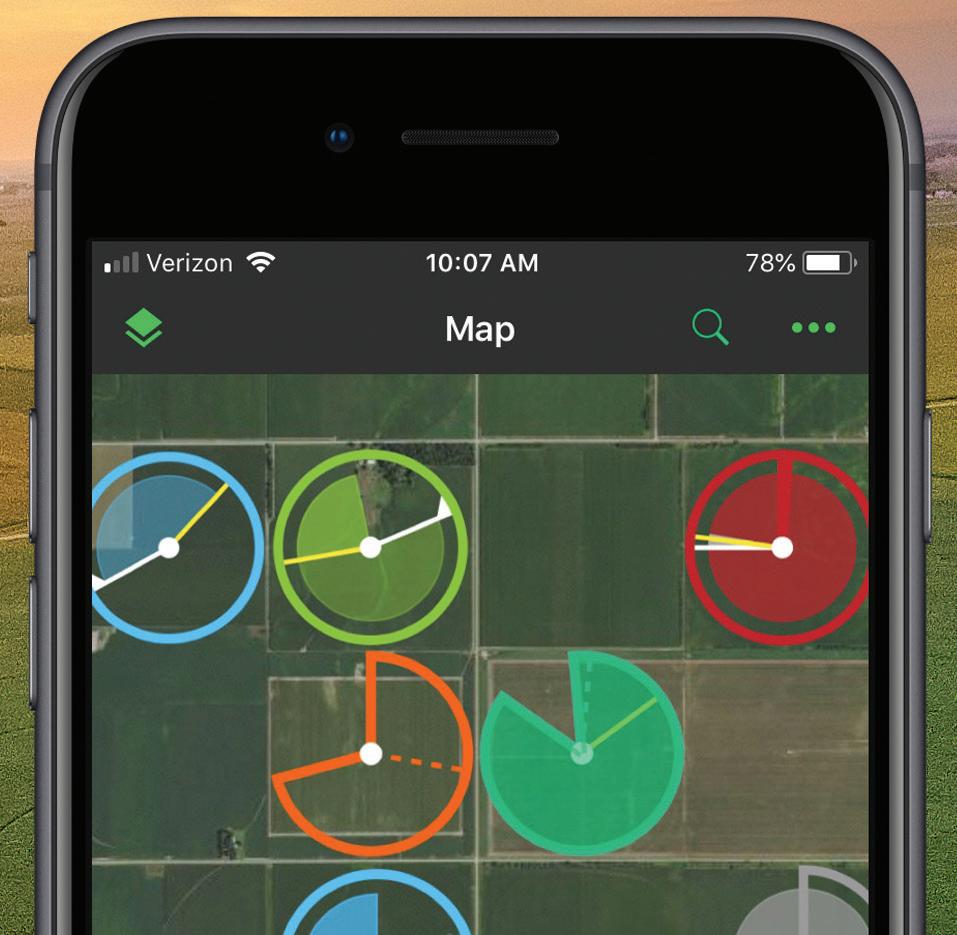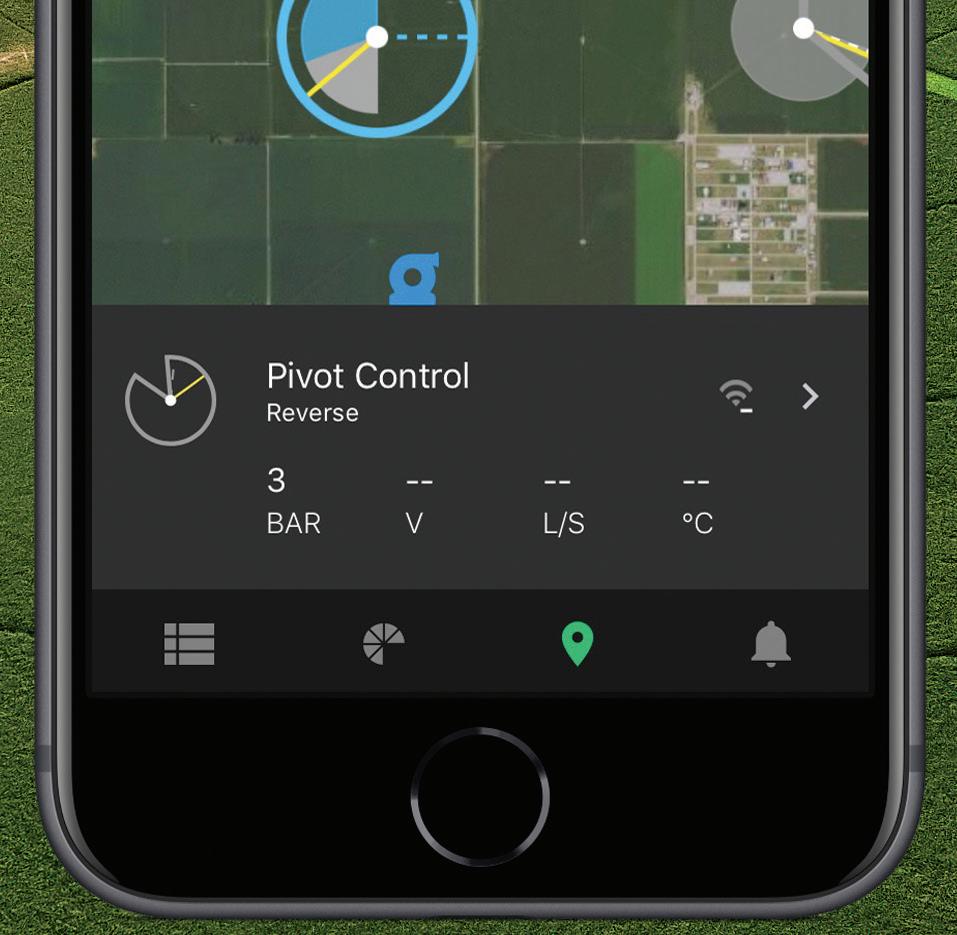
VEGETABLES & FARM





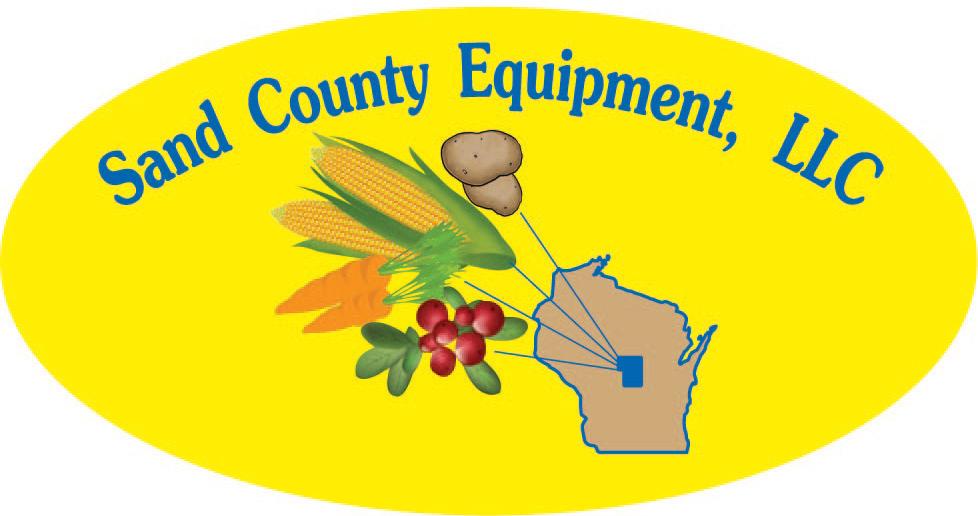




• Safest, most economical way to pull trucks through fields in tough harvesttime conditions.
• Safe-T-Pull hitches and towing systems are safe and efficient.
• Hitches attach and detach from trucks, tractors and implement frames with no chains or cables to break.

With Torac ® Insecticide, you get control of Colorado Potato Beetle and a broad spectrum of other troublesome pests including aphids, psyllids, leafhoppers, and thrips. Torac works quickly, causing rapid feeding cessation, and it is effective on all life stages of target pests. Additionally, the unique mode of action of Torac makes it an excellent rotational option to manage pest resistance in potato, onion, and vegetable crops. With all this, you’ll want to fit Torac in your CPB spray program this season. To learn more, contact your distributor or local Nichino America sales representative.

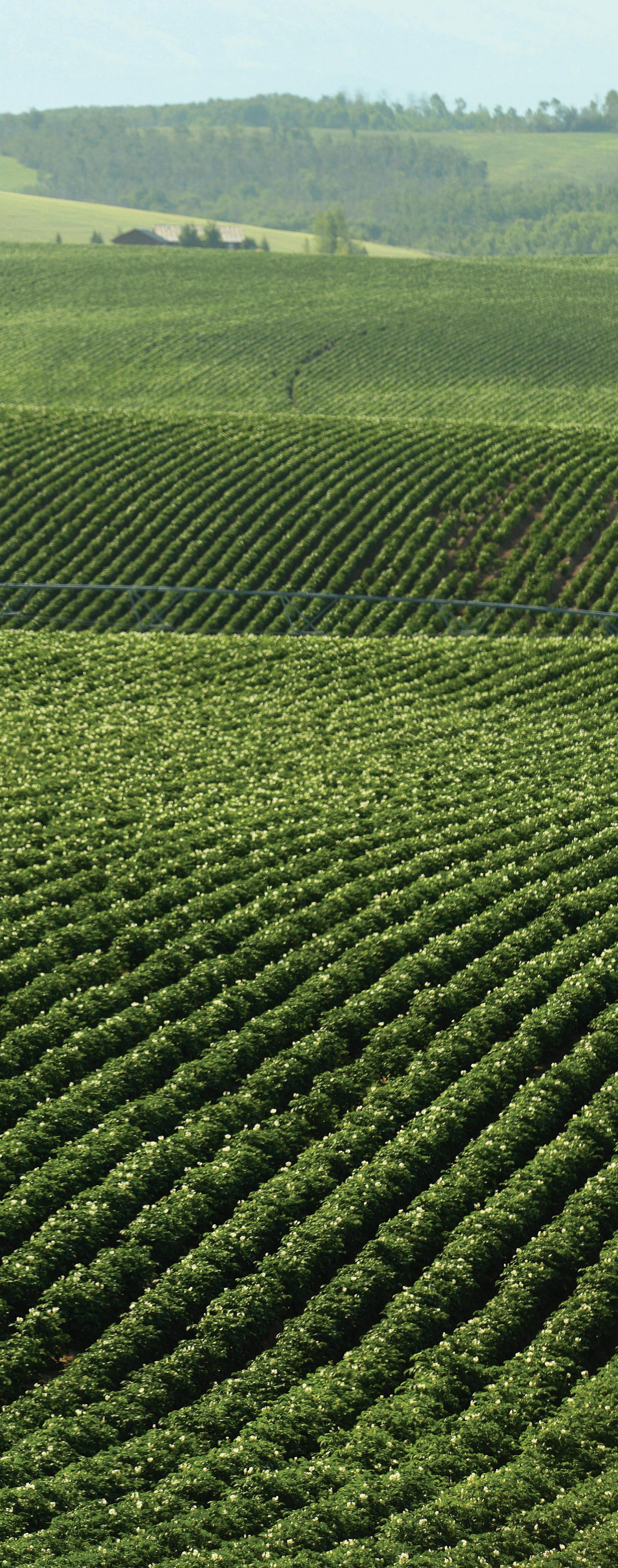
On the Cover: A combined effort? Yes, it was, when Chris Anderson of Thunderstruck Farms showed up with a Case iH 2366 combine to help his friend, Lorn Dykes (whose John Deere 9500 combine is also shown in the front cover photo) finish up harvesting corn before the rains hit. A new member of the Wisconsin Potato & Vegetable Growers Association, Chris is this issue’s interviewee.

8 BADGER COMMON’TATER INTERVIEW:
Brian Studinski (left) and Chris Anderson pose next to a bandsaw used for cutting steel in Chris’s shop at Thunderstruck Farms of Plainfield, Wisconsin. A second-generation crop, bison, and fabrication business, Chris raises 200 acres of corn and soybeans on rotation and has some other ground for alfalfa and pasture mix that he uses as animal feed. He also rents out 120 acres to Patrykus Farms and fabricates and builds equipment for fellow farmers.
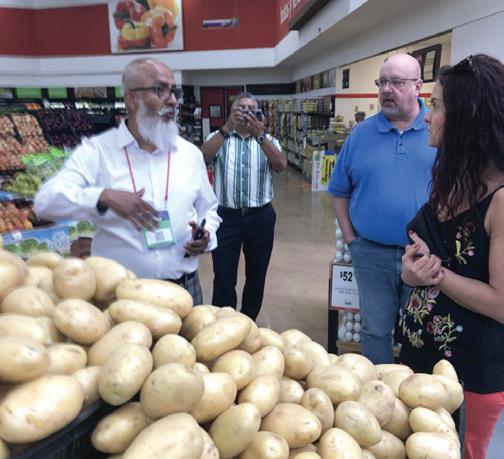

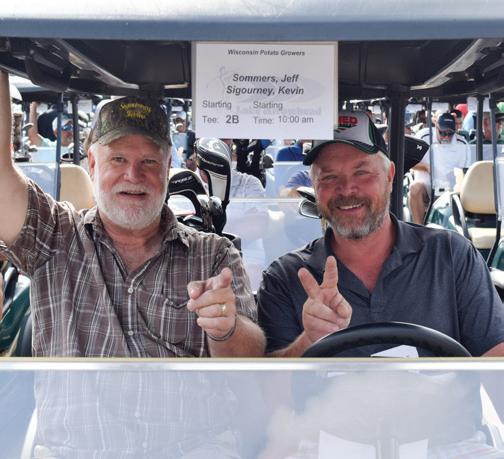
Baked potato and French fries booth at WPS Farm Show

For the eighth year in a row, we are rewarding our farm policyholders for their commitment to Wisconsin agriculture through our Farm Dividend Program. Learn how you may qualify for up to 5% back

WPVGA Board of Directors:
PresideNt: Charlie Mattek
Vice PresideNt: JohN Bustama Nte
Secretary: Alex Okray
Treasurer: WeNdy Dykstra
Directors: Mike BagiNski, Ra Ndy Fleishauer, JohN HopfeNsperger, Josh KNights & J.D. Schroeder
Wisconsin Potato Industry Board:
PresideNt: Heidi Alsum-Ra Ndall
Vice PresideNt: ANdy Diercks
Secretary: Nicola Carey
Treasurer: Keith Wolter
Directors: JohN Bobek, JohN FeNske, Jim Okray, Eric Schroeder & Tom Wild
WPVGA Associate Division Board of Directors:
PresideNt: Matt SeleNske
Vice PresideNt: Etha N OlsoN
Secretary: Morga N Smolarek
Treasurer: Paul Salm
Directors: Melissa Heise, Brady Patoka, Scott Scheer, Sally Suprise & Bra NdoN Taylor
Wisconsin Seed Potato Improvement
Association Board of Directors:
PresideNt: Jeff SuchoN
Vice PresideNt: Charlie HusNick
Secretary/Treasurer: Mitch Mattek
Directors: ANdy Schroeder & CloVer Spacek
Wisconsin Potato Growers
Auxiliary Board of Directors: PresideNt: Heidi Schleicher
Vice PresideNt: DatoNN Ha Nke
Secretary/Treasurer: Becky Wysocki
Directors: Jody BagiNski, EriN Meister, Dakotah Smiley & Misti Ward
Mission Statement of the WPVGA: To serve the potato and vegetable industry of Wisconsin through education, research, promotion, governmental action and sustainability leadership.
Mission Statement of the WPVGA Associate Division: To work in partnership with the WPVGA as product and service providers to promote mutual industry viability by providing technology and information resources.
Badger Common’Tater is published monthly at 700 Fifth Avenue, Antigo, Wisconsin 54409
WPVGA Staff
ExecutiVe Director: Tamas Houliha N Ma N agiNg Editor: Joe Kertzma N
Director of PromotioNs & CoNsumer
EducatioN: Da N a Rady
FiN a Ncial Officer: KareN RasmusseN
ExecutiVe Assista Nt: Julie BrauN
Program Assista Nt: Ja Ne GuilleN
Spudmobile EducatioN a Nd Outreach
AdmiNistrator: George Neuber
WPVGA Office (715) 623-7683 • FAX: (715) 623-3176
E-mail: wpvga@wisconsinpotatoes.com Website: www.wisconsinpotatoes.com
LIKE US ON FACEBOOK: www.facebook.com/WPVGA
Subscription rates: $2.50/copy, $28/year; $45/2 years. Foreign subscription rates: $35/year; $55/2 years.
Telephone: (715) 623-7683
Mailing address: P.O. Box 327, Antigo, Wisconsin 54409
Or, subscribe free online: http://wisconsinpotatoes.com/blog-news/subscribe/
ADVERTISING: To advertise your service or product in this magazine, call (715) 630-6213, or email: Joe Kertzman: jkertzman@wisconsinpotatoes.com. The editor welcomes manuscripts and pictures but accepts no responsibility for such material while in our hands.
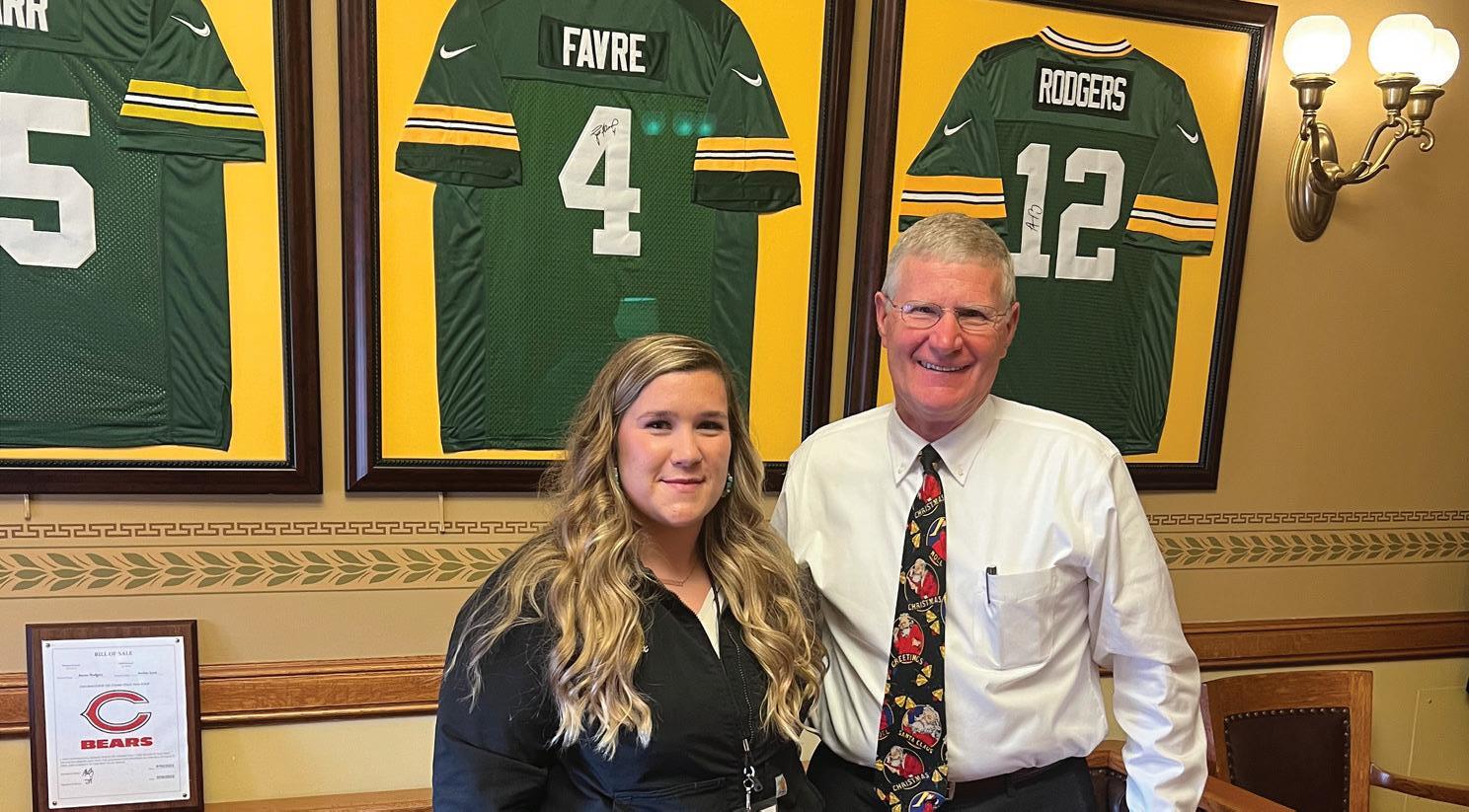
There’s so much to like about the above photo of Alex Coy (left) from Alsum Farms & Produce posing with Wisconsin Senator Howard Marklein at the State Capitol in Madison—everything from the Bart Starr, Brett Favre and Aaron Rodgers jerseys hanging on the wall to the senator’s Santa Claus tie! Alex is an active member of the Wisconsin Potato & Vegetable Growers Association (WPVGA) who recently graduated from the 2023-’24 Member Development Program. Part of the five-month program is a session on “Legislative Affairs” where participants meet with Senate and Assembly leaders as “lobbyists for the day.” Sen. Marklein grew up on a dairy farm and is a supporter of agriculture. For more on the Member Development Program, see the feature article inside.
Grower members of the WPVGA were active over the last couple months, with a Wisconsin contingent traveling to Guadalajara, Mexico, on March 12-14, to attend the Expo ANTAD produce show. Their trip was partially funded through an Export Expansion Grant awarded by the Wisconsin Department of Agriculture, Trade and Consumer Protection (WDATCP). The show provided an opportunity to promote Wisconsin potatoes in Mexico and was a chance to gain more knowledge of the Mexican market. There, growers, WPVGA staff and consultants met with potato table stock and chip stock importers and identified potential participants for WPVGA’s upcoming Mexico Reverse Trade Mission, to be held in September 2024. See the photos from Expo ANTAD and read the full story herein.
March is not complete without a visit to the WPS Farm Show and a stop at the Wisconsin Potato Growers Auxiliary booth for a baked potato and French fries. Many WPVGA Associate Division members exhibit at the show, which takes place annually on the Experimental Aircraft Association grounds, in Oshkosh. See “Auxiliary News” for photos and a review.
With potato and vegetable planting well underway, this issue’s interviewee is Chris Anderson of Thunderstruck Farms, in Plainfield. Chris is a relatively new grower member of the WPVGA who raises corn and soybeans on rotation, as well as 50 head of bison. He also has a fabrication arm of his business and builds stainless equipment, machines, vehicle and implement parts, and even catwalks and conveyors. Chris’s introduction to the WPVGA came through an interview with Rod Beggs of Midwestern Potatoes, who was showing off his new bin-filling line Chris had fabricated for him.
Please email me with your thoughts and questions. If you wish to be notified when our free online magazine is available monthly, here is the subscriber link: http://wisconsinpotatoes.com/blog-news/subscribe.
Joe Kertzman
N1435 Cty Rd D
Antigo, WI (715) 623-2689 farm@sbfi.biz johnt@sbfi.biz





NAME: Chris Anderson
TITLE: Owner
COMPANY: Thunderstruck Farms
LOCATION: Plainfield, WI
HOMETOWN: Plainfield
YEARS IN PRESENT POSITION: Thirty-five PREVIOUS EMPLOYMENT: T.I.P., Inc., and Ideal Stainless Systems
SCHOOLING: Tri-County High School
ACTIVITIES/ORGANIZATIONS: Wisconsin
Bison Producers Association, Minnesota
Bison Association, and Wisconsin Potato & Vegetable Growers Association (WPVGA)
FAMILY: Wife, Denise, and three daughters
HOBBIES: Collector cars, and car cruises, shows, and meets
A new grower member of the Wisconsin Potato & Vegetable Growers Association (WPVGA), Chris Anderson of Thunderstruck Farms became involved in the industry because of neighbors helping neighbors, and his ability to build stainless equipment, machines, vehicle and implement parts, and even catwalks and conveyors.
Chris’s introduction to the WPVGA came around the same time as an interview with Rod Beggs of Midwestern Potatoes, who was showing off his freshly fabricated bin-filling line that meets Wal-Mart’s new packaging requirements for boxing 5-pound bags of potatoes.
“Rod and I graduated from high

school together and have been buddies for a long time. He wanted a bin filler built,” Chris relates. “I also built a box stacker and pallet feed for him.”
“He put a new auto grader in, and it’s 8 feet in the air,” he adds, “so we had to disassemble the line, rebuild a section, and reassemble it to fit. I even built some conveyors and a catwalk system for him.”
Beggs sold the prototype bin-filling line to the Soik’s of Myron Soik & Sons, and Chris is currently building a crate washer for Helbach Farms that washes and sanitizes the crates in

which little potatoes are stored.
CHEESE EQUIPMENT
Chris fabricated stainless cheese equipment for 18 years while employed by Ideal Stainless Systems and has a knack for building and fixing equipment.
“Neighboring farmers bring trucks over to get welded or fixed,” he says, “and I build dump truck bodies, whatever people come up with. I have two part-time guys helping me, and I’m surprised how much stuff is coming in.”
Chris grew up on the family dairy farm in Plainfield, Wisconsin, where he now raises corn, soybeans, and bison, and does custom fabrication work.
“In addition to milking cows, I worked
®

off the farm all my adult life until about 10 years ago, first with T.I.P., Inc. until 1996, and then I went to work for Ideal Stainless,” he relates.
“When I left Ideal Stainless, my boss asked me to come back. I said I didn’t want to come back, but I’d build their stainless cheese equipment from my shop at the farm, and that’s when I got busy building a bigger shop and buying all the welders and lathes,”
Chris says.
Are you the founder of Thunderstruck Farms, and how did you come up with the name? Thunderstruck Farms is a secondgeneration crop, bison, and fabrication business. I didn’t name the farm until we got involved with bison.
RIght: In addition to corn and soybeans, Chris Anderson of Thunderstruck Farms raises 50 head of bison as part of his cowcalf operation, selling the calves when they’re about six months old. He does keep some bison as butcher stock for meat.
In the early days, every time we had a thunderstorm, the farm got struck by lightning. Once, it blew the tape out of the answering machine and left grill marks from the bottom of the answering machine on the table.
Where our phone box came in the house, they had old wooden fuses with copper ends, and that’s why we kept getting struck by lightning. My wife’s grandfather finally took them
®
®
with OMEX® plant nutrition

with OMEX® plant nutrition
with OMEX® plant nutrition
Improving potato plant health for 45 years

Improving potato plant health for 45 years
with OMEX® plant nutrition
Cell Power® Zynergy®
Improving potato plant health for 45 years
Bringing plant health to life
Cell
Cell Power® Zynergy®
Cell Power® Zynergy®
Cell Power® SizeN®
Bringing plant health to life
Bringing plant health to life


Cell Power® SLYCE®
Improving potato plant health for 45 years

Opening up soils with soluble calcium
Cell Power® SLYCE®
Cell Power® SLYCE®
Cell Power® Damu

Opening up soils with soluble calcium
Opening up soils with soluble calcium
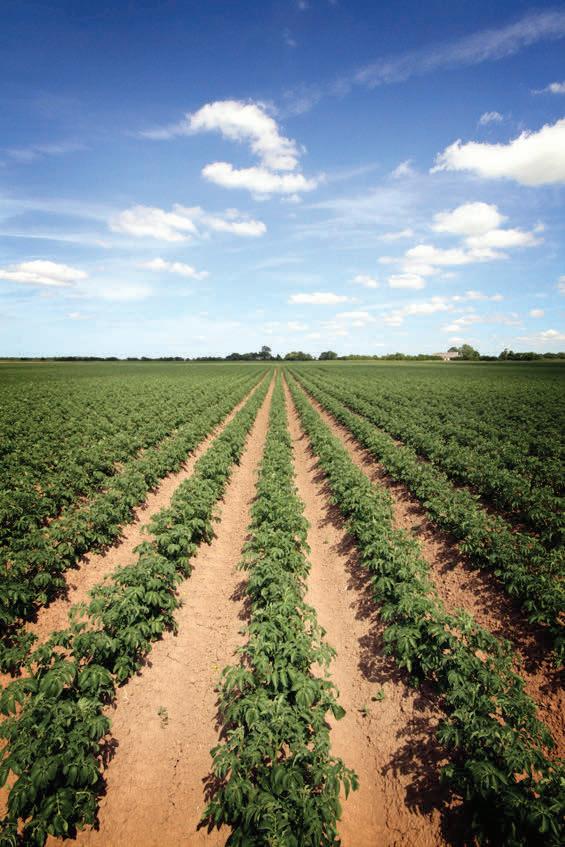
45 years of improving yields



A nitrogen revolution has arrived
Cell
Cell Power® SizeN®
Cell Power® Zynergy®
Cell Power® SizeN®
A nitrogen revolution has arrived
Bringing plant health to life
Boron Uptake Technology
Cell Power® SLYCE®
Cell Power® Damu
Cell Power® Damu
Opening up soils with soluble calcium
Boron Uptake Technology
A nitrogen revolution has arrived
Cell Power® SizeN®
Boron Uptake Technology
Cell Power® Damu
A nitrogen revolution has arrived
Boron Uptake Technology
more information or Visit www.omexusa.com Call 559-661-6138

 Left: Corn is harvested on Thunderstruck Farms in Plainfield, Wisconsin.
Left: Corn is harvested on Thunderstruck Farms in Plainfield, Wisconsin.

out and installed porcelain fuses, and we haven’t had a problem since.
Can you give me a brief history of Thunderstruck Farms? We were originally a field corn and dairy farm. My dad started here in 1957 when he got out of the Korean War. His family is from central Illinois, but land there is so expensive, you either inherit it
or you can’t afford to buy it.

Dad and his three brothers moved up here and “grew rocks.” There were so many rocks in the fields that his two brothers said “to heck with it” and went off to Iowa. Dad stayed here and toiled in the rocky, sandy soil.
In 1989, I graduated from high school and bought out my mom and dad.

We got into beef and raising crops, and then, when my first daughter was born in 1996, I sold out of the dairy business. When she was two years old, in 1998, we got into bison and sold off the beef part of the business.
I read an article in Wisconsin State Farmer about George Voss, who was a bison producer. My wife and
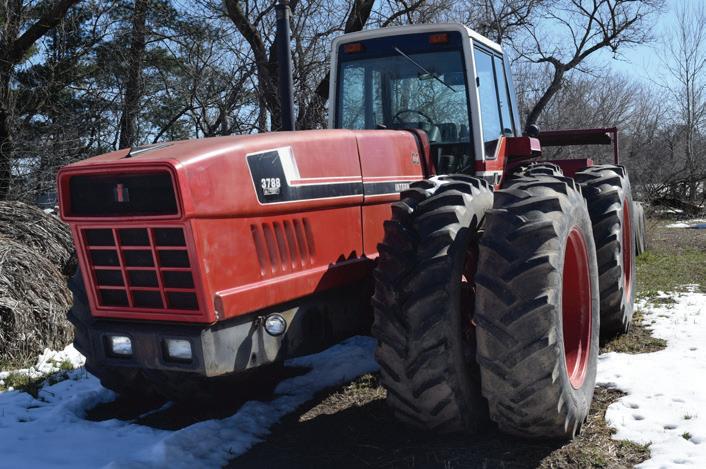

I visited him and four other bison producers in the state and decided to start raising bison. We bought a few heifers and a bull. We do a cow-calf operation, selling the calves when they’re about six months old, and we do keep some bison as butcher stock for meat.
What propels you to make a living raising corn, beans, and bison? Farming’s in my blood; it’s a passion. Some years, you don’t do so well, and some you do. Regardless, every spring when the weather gets warm, I’m aching to get out in the field and turn dirt.
How many acres of corn and beans do you have, and who are your customers? We grow 200 acres of corn and 200 acres of soybeans on rotation, so a two-year rotation between corn and soybeans, and we have other ground for alfalfa and pasture mix for animal feed.


“Farming’s in my blood; it’s a passion. Some years, you don’t do so well, and some you do. Regardless, every spring when the weather gets warm, I’m aching to get out in the field and turn dirt.”
– Chris Anderson
Mainly, I contract all my field corn and soybeans to Wolf River Grain in Stevens Point, which used to be ADM Grain. Previously, I raised snap beans for the local Razorback Farms cannery.
As far as bison products go, the meat is to anyone, local guys who want to buy it. I sell the calves to Dan Meyer of Hidden Bison Ranch in Minnesota, but I haven’t sold animals to him in a few years.

COVID hurt the industry, and a lot of little butcher shops that were certified through WDA or USDA inspection programs went out of business. Everything funneled to the big processing plants.
Now, it’s a challenge to secure butchering dates. Some of the butchers have a two-year waiting list to get in. The calves aren’t born yet, and you need to make

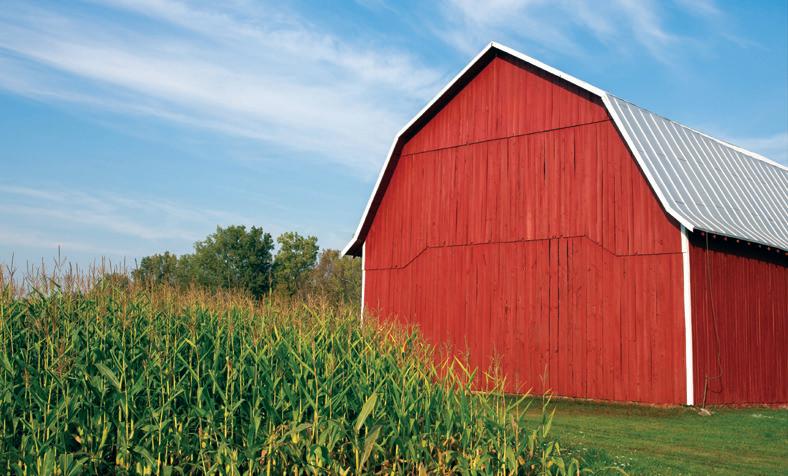
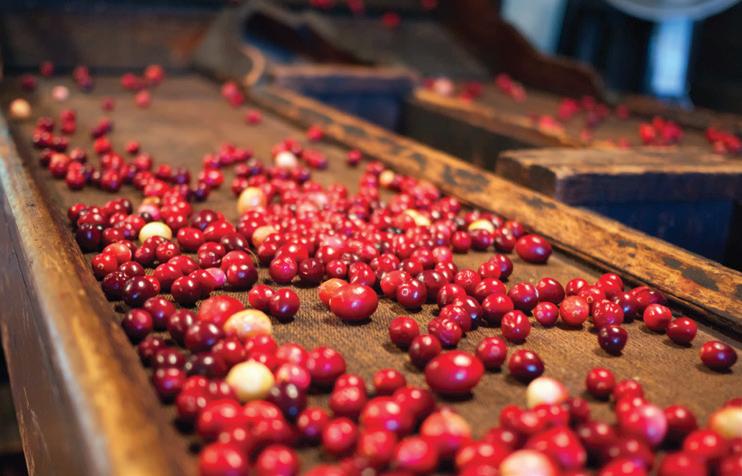

As agriculture has evolved, the nature of the industry has become more complex and regulated. At Ruder Ware our attorneys act as legal counsel for producers and businesses providing products and services for the agriculture industry, and partner with a client’s current trusted advisors, such as accountants and lenders. Contact us today to see how our team approach yields the best results for your farm or business. ruderware.com | visit our blogs at blueinklaw.com
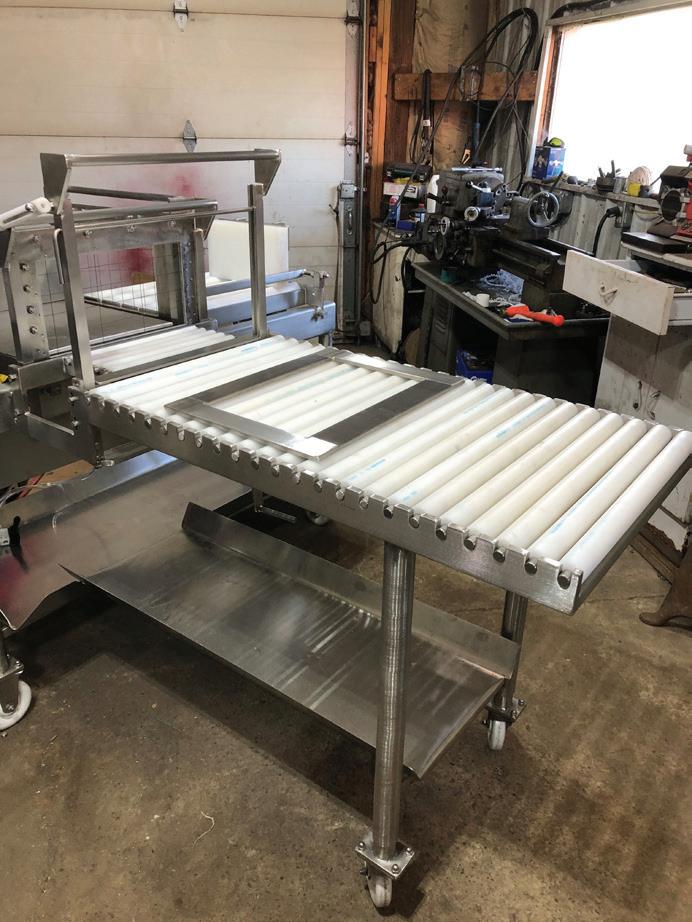
an appointment, which obviously makes it difficult.
How are you able to continue providing the same customers with quality produce? Well, we try to do everything the right way. As far as meat goes, the bison are given quality feed, and on the corn and bean side of it, we follow proper fertilizer requirements and husbandry of the land.
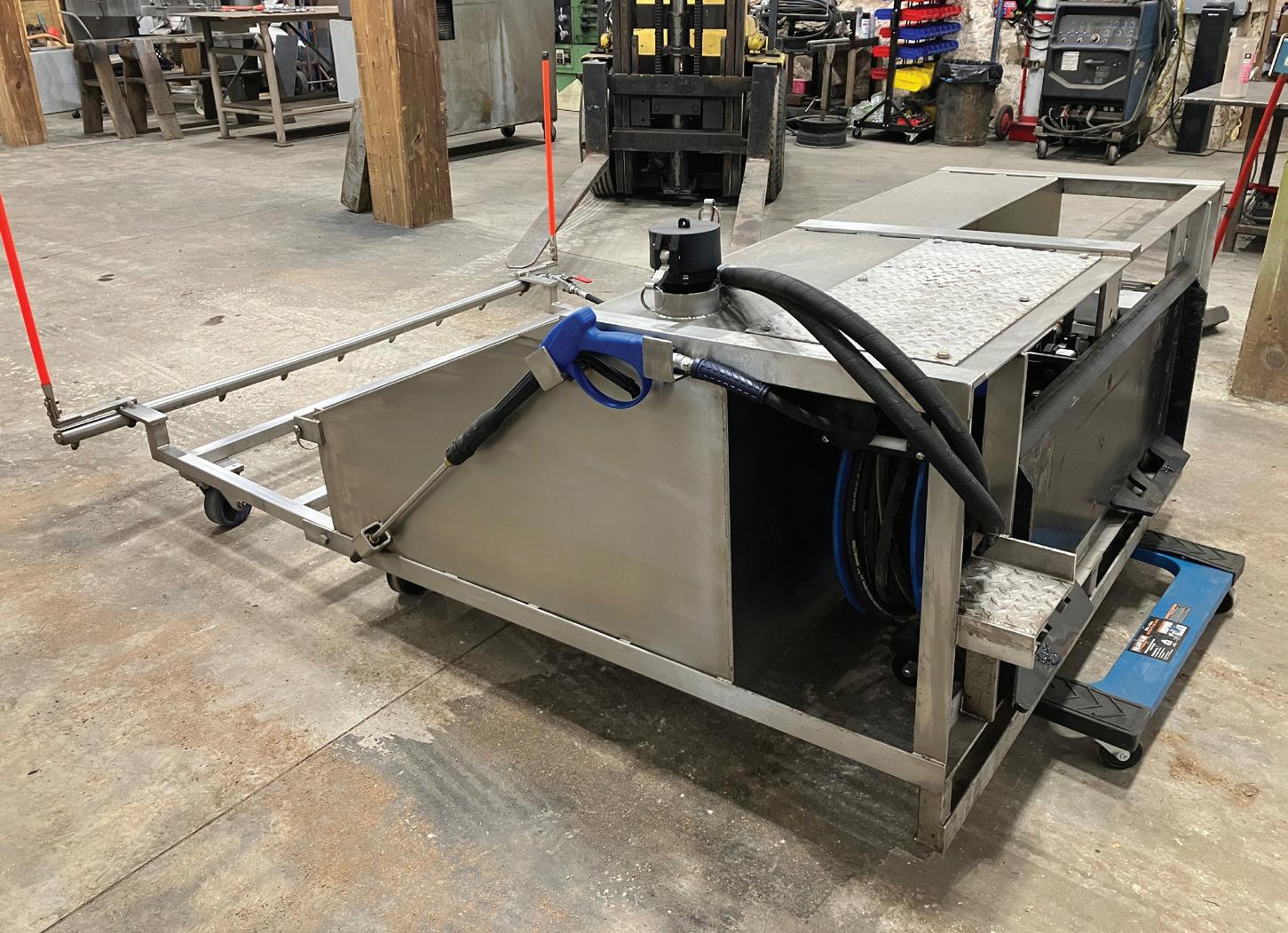
I’m very particular about things, too much so. My wife says I have OCD, that I’m obsessive-compulsive. So, you grow your own bison feed? Yes, for the most part I do, but for winter feed, I have a guy in Bancroft that I rent land from, a retired dairy farmer, who still bales hay. So, I buy hay from him. I also hire him to bale some of my hay up that I don’t green chop.

I’m green chopping animal feed from May to October, every day. It ties you down a bit, but it’s kind of fun. I go out there, lay down a green row of feed for the bison each day, look at the animals and watch as they eat.
I plant a mixture of peas and oats, or a pasture mix for green chopping. Some fields are already established with pasture mix and alfalfa.
How many head of bison do you have, and what is the market like for bison meat? I have 50 head and the market is strong. You just need to market it yourself, which is a challenge right now as far as finding a qualified butcher and a timeslot for butchering.
I understand you’re a member of both the Minnesota Bison Association and the Wisconsin Bison Producers Association. Why is it important to be involved? Just so you have a handle on prices. There’s
a
an auction once a year in Albany, Minnesota. The only time of year that the auction house doesn’t have any other auctions is the Saturday after Thanksgiving.
That auction sets the tone of what prices are going to be. It’s nice to be involved in the associations to stay in the loop and know what the prices are.
Everyone has different techniques they use to care for the bison, like controlling worms, worming them twice a year. It’s nice to know what other producers do to take care of their animals.
I see bison steaks at the farmer’s market in Stevens Point sometimes. Do you sell at farm markets? No, I haven’t done farmer’s markets yet, but it’s something we might get into. We’re getting enough animals. The problem is quantity—you need a lot of animals.
continued on pg. 14

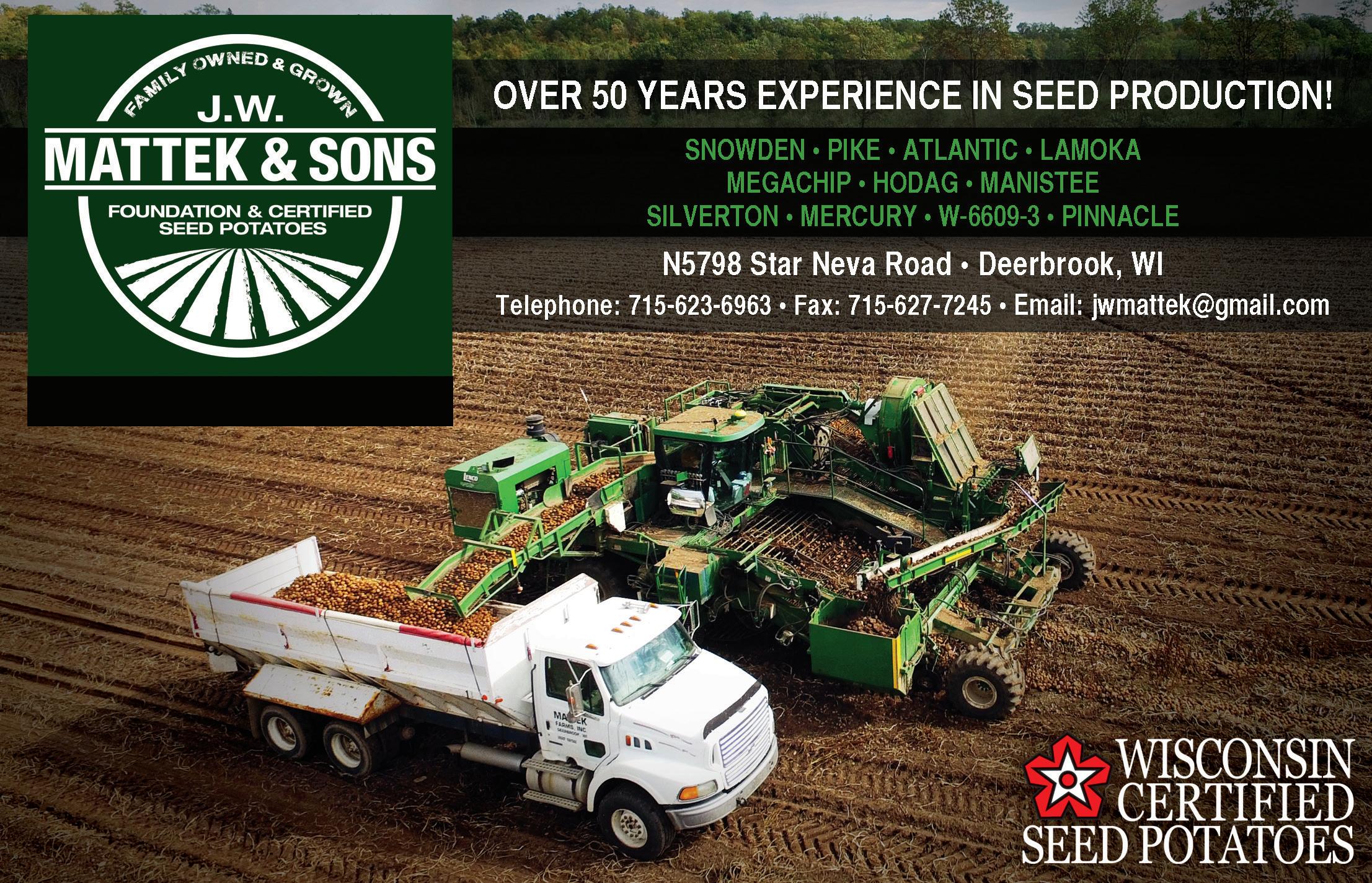
Contact: Jim or John
SNOWDEN • ATLANTIC • LAMOKA HODAG • MANISTEE • LADY LIBERTY MACKINAW • PETOSKEY • NY163 Snap beans are planted for Razorback Farms in Almond, Wisconsin.
We used to have our own little store here on the farm when my kids were babies. That’s something we’d like to do again, get the milkhouse converted back to a meat store.
We’re in the process of getting that fixed up and open again, especially

if I can get into a regular timeframe as far as securing dates for butchering.
How many people does Thunderstruck Farms employ? A couple of part-time guys, and my wife and kids help. My oldest daughter is on her own, my middle

one is in college in Stevens Point, and my youngest is a senior in high school, so I’m losing my help.
My wife is stepping up, and Brian and Augie help me out in the shop. What do you like most about working the land and raising animals? For animals, my favorite time is spring when the calves are born. Bison only have 40-pound calves, born red so that they blend into the landscape and predators don’t see them. At only 40 pounds, there are no calving problems.
As far as crops, spring planting and fall harvest time, sitting in the combine harvesting, those are my favorite times of year. I just love the seasons.
What are your biggest challenges on the farm? My biggest challenge is getting everything done as a oneman operation. What I figured out is that it’s time management. I plan what needs to be done and when. I make lists.
Above and Left: Chris Anderson says he’s proud that two of his daughters, Brooke (welding) and Morgan (at the milling machine), have been fabricating with him in the shop.

You’re surrounded by ag producers, including many potato growers, in Plainfield. Is it a good group to be a part of? Absolutely, sometimes these guys are so helpful. I can’t believe how much they go out of their way to help a small guy like me. I had a tractor go down, and I saw Dalton Beggs from Patrykus Farms at the gas station. He asked if I needed help getting my tractor pulled home, saying, “I’ll send my guy over.”
That was my tillage tractor, and they not only sent a guy over to help with the tractor, but they worked up two fields I didn’t have done so I could get them planted. When I asked what I owed them for their time and fuel, Zach told me not to worry about it.
They rent some of my land. I work 200 acres, and I rent out 120 acres to Patrykus Farms.
Are you hoping to expand Thunderstruck Farms or your services in the future? I absolutely hope to grow. The fabrication business has grown every year since I started it.
Now, if things continue, it will be a challenge to find someone
trustworthy who can think on their feet. You need to do some design work in your head or on paper while you’re fabricating.
What do you wish more people knew about vegetable growers in the area? I don’t think people realize how much work is involved, not so much the people around rural areas, but when you get into big cities, I don’t think they have a clue how

much work it takes to raise a quality steak or a potato to feed a family.
They say, “You guys are making a bunch of money,” but don’t realize how much money is invested in equipment and land, and how much work it takes to produce a quality crop or raise a healthy animal.


Members of the Wisconsin Potato & Vegetable Growers Association (WPVGA) took full advantage of an opportunity to attend the 2024 Expo ANTAD in Guadalajara, Mexico, March 12-14.
For David Wickline of Alsum Farms
& Produce, Craig Fields from RPE, Inc., the WPVGA’s own Joe Kertzman and Dana Rady, and Peter Joyce, a consultant for Potatoes USA and the WPVGA, Expo ANTAD provided an opportunity to promote Wisconsin potatoes in Mexico.

The produce show was also a chance to gain more knowledge of the Mexican market, meet with potato table stock and chip stock importers, and identify potential participants for WPVGA’s upcoming Mexico Reverse Trade Mission, to be held in September 2024.
At the expo, WPVGA representatives and Wisconsin producers met with potato importers, several of whom expressed interest in getting quotes from Wisconsin growers, shippers, and packers.
With ANTAD being the Mexican federation of grocery stores, Expo
Left: Representing Wisconsin potatoes at the 2024 Expo ANTAD in Guadalajara, Mexico, are, from left to right, WPVGA Director of Promotions & Consumer Education Dana Rady, David Wickline of Alsum Farms & Produce in Friesland, Wisconsin, Potatoes USA and WPVGA consultant Peter Joyce, and Craig Fields of RPE, Inc. in Bancroft, Wisconsin.

ANTAD is an environment conducive to networking that affords the chance to meet with over a thousand exhibiting companies, buyers, marketers, managers, department heads and other leaders from 67 countries, all of whom are potential business partners.
Attendees can also participate in talks, conferences, and panel
discussions with industry experts.
Regulatory changes have made Mexico a relatively new market for Wisconsin that could potentially create opportunities for sales and provide options that increase returns for potato growers, shippers, and packers.

Above: In Guadalajara, WPVGA staff, grower members and consultants visited the Dubacano wholesale market and Soriana grocery stores—the latter making up the largest retail chain exhibiting at the Expo ANTAD produce show.
The Wisconsin potato industry is known as a national leader in sustainable production and has
continued


developed the Healthy Grown© program, allowing growers to compete in an international marketplace increasingly demanding food grown using ecologically friendly practices.
The WPVGA is fully utilizing funds from an Export Expansion Grant awarded by the Wisconsin Department of Agriculture, Trade and Consumer Protection (WDATCP) to cover expenses for attending Expo ANTAD.
strategies for bringing U.S. imports to market and dealing with regulations. Wisconsin Growers Attend Expo ANTAD . . .


In Guadalajara, the Wisconsin contingent not only attended Expo ANTAD, but also visited the Dubacano wholesale market, and Soriana grocery stores—the largest retail chain exhibiting at the exposition. Grupo PM, a marketing agency representing Potatoes USA in Mexico and Central America, is an essential component in connecting U.S. producers with Mexican importers. Grupo PM meets with Mexican importers daily to discuss their
Right: From left to right, Potatoes USA consultant Peter Joyce, WPVGA Director of Promotions Dana Rady and David Wickline, sales and business development manager for Alsum Farms & Produce, talk with Luis Moreno of Grupo PM at the WPVGA booth during Expo ANTAD.

“Grupo PM’s focus now is to eliminate the requirement for potato table stock to come in bags,” says Peter Joyce, consultant for Potatoes USA. “Bags are an impediment for importers and consumers that just raise prices.”
“Ninety five percent of fresh market potatoes sold in Mexico are sold loose, without packaging,” Joyce relates.
Grupo PM says that about 50 percent of potatoes go through the 64 wholesale markets in Mexico, with the other half handled by grocery stores that have their own distribution. Mexico has 750,000 street markets that buy wholesale produce.
continued on pg. 20


At Compeer Financial, we’re defined by you — your hopes for the future as well as your needs today. Our Food & Agribusiness team leverages industry expertise across the entire food value chain to provide flexible and innovative solutions that support our clients’ growth. And we’re equipped with the funding capacity to position your business for success every step of the way. As agriculture continues to evolve, so will we, together.

 WPVGA staff and grower members met with representatives of the Dubacano wholesale market. Included from left to right are WPVGA Director of Promotions Dana Rady, Potatoes USA consultant Peter Joyce, Daniel Torres and Heliodoro Solis Gallardo of Dubacano, David Wickline from Alsum Farms & Produce, and Edmundo Valdes of Grupo PM.
WPVGA staff and grower members met with representatives of the Dubacano wholesale market. Included from left to right are WPVGA Director of Promotions Dana Rady, Potatoes USA consultant Peter Joyce, Daniel Torres and Heliodoro Solis Gallardo of Dubacano, David Wickline from Alsum Farms & Produce, and Edmundo Valdes of Grupo PM.
Wisconsin Growers Attend Expo ANTAD . . .

U.S. table stock exports to Mexico were 123,000 metric tons in 2021’22. Mexico is the largest U.S. potato table stock export market outside of Canada.
The WPVGA and grower members took advantage of a previous
WDATCP Export Expansion Grant to attend the 2023 Canadian Produce Marketing Association (CPMA) Convention and Trade Show in Toronto, Canada. The Association exhibited a second time at the CPMA Show, April 23-25, 2024, in
“Ninety five percent of fresh market potatoes sold in Mexico are sold loose, without packaging.”
– Peter Joyce, Potatoes USA consultant


Vancouver, British Columbia.
Additionally, Wisconsin hosted a Canadian Reverse Trade Mission in April 2024, and looks forward to hosting the Mexico Reverse Trade Mission in September.
Above: Edmundo Valdes (left in the first image), from Grupo PM, explains to David Wickline of Alsum Farms & Produce and WPVGA’s Dana Rady the dominance of the fresh potato variety, Alpha, in the Mexican marketplace. Alpha has pale, yellow, shiny skin, and an oval-to-long shape like Kennebec. Note that potatoes are mostly sold loose in Mexico retail stores, not in bags. U.S. potatoes, on the other hand, are required to be sold in plastic bags, as seen in the closeup photo taken at a Soriana grocery store, and the bags must each have a U.S. packing house identification number along with the statement “This product should not be used for planting.”














With a strong membership base, the Wisconsin Potato & Vegetable Growers Association (WPVGA) ensures the industry’s future success by preparing members to be effective leaders.
Open to Associate Division, Auxiliary and Grower members, the WPVGA plans and runs a Member Development Program every two years to give future leaders the tools they need to succeed.
On March 20, 2024, 21 graduates of the Member Development Program attended their last session and enjoyed a nice celebratory social hour and dinner with a short
graduation ceremony.
The purpose of this program is to provide members of the WPVGA, WPVGA Associate Division and Wisconsin Potato Growers Auxiliary with the opportunity to learn about and actively participate in the various facets of the Wisconsin potato and vegetable industry.
The Member Development Program exposes participants to relevant information, resources, activities, and networking opportunities. Designed as a five-month program, one session is held each month between November and March.
Participants are expected to attend all five sessions, with each being approximately five to seven hours in length and focusing on a particular
Above: WPVGA Executive Director Tamas Houlihan poses with graduates of the 2023’24 Member Development Program. They are, in the front row, left to right, Alex Coy, Kendra Meddaugh, Pamela Sankey, Erin Meister, Stephanie Teclaw, and Ben Roys; second row, left to right, Austin Headlee, Jacalynn Gumz, Matt Young and Josh Spacek; third row, left to right, Christine Lindner, Alexander Chisholm, and Douglas Somers; and back row, left to right, Jason Gumz, Ryan Bulgrin, Clay Bobek, Brady Patoka, Ben Ristow, David Wickline, Jeff Huber and Houlihan. Not pictured is Aaron Houdek.
topic, skill, or issue relevant to the potato and vegetable growing industry.
Preparatory material is provided prior to each session to enhance the value of the meeting and/or associated relevant experience.
The November 2023 program curriculum included a WPVGA overview, program orientation, review of board structures, missions and functions, and a tour of Wysocki Family of Companies/Paragon Potato Farms in Bancroft, Wisconsin.
THE 360 LEADER
Additionally, WPVGA Director of Promotions Dana Rady provided an update on current promotional activities, and speaker, coach and trainer Todd Kuckkahn gave his presentation “The 360 Leader” to program participants.


Above: With the February 2024 “Promotions and Marketing” session taking place at the Food + Farm Exploration Center, in Plover, program participants had the chance to make mashed potato fudge and donuts in the Kitchen Lab. As Pamela Sankey sneaks a peek from behind, Andrew Rockman (left in the first image) of Rockman’s Catering cuts up walnuts for the mashed potato fudge with Douglas Somers (right) observing his technique. In the second image, Ben Ristow and Jacalynn Gumz prepare and mix dough for mashed potato donuts.

4, 6 and 8 Row Cup Planters





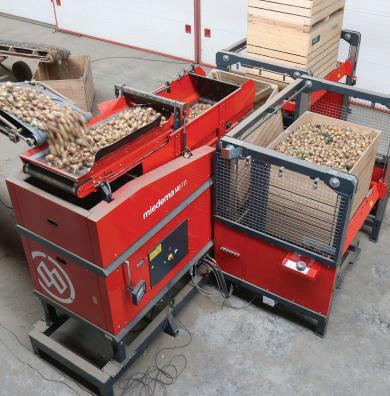
Future Leaders Graduate from Member Development Program . . .
continued from pg. 23
The December “Legislative Affairs” session took place at The Madison Club and Wisconsin State Capitol and encompassed an introduction to WPVGA’s Advocacy Program by Steve Diercks, co-chair of the WPVGA Government Affairs Committee.
The WPVGA’s principal contract lobbyist, Jordan Lamb of The Welch Group, led a discussion on state government, legislators, and effective advocacy techniques.
Members walked to the Capitol for a tour and enjoyed a working lunch at The Madison Club, where Lamb provided tips on being “lobbyists for the day” and meeting with legislators. Each of the Member Development Program participants then had faceto-face meetings with Senate and Assembly leaders.
“It was a busy day at the Capitol, and the Christmas tree was up, so they got the whole experience,” Lamb says. “A lot of them had never been to the Capitol, and I was proud

of them—they did extremely well. We literally did an ‘Ag Day at the Capitol.’”
January’s “Research & Technology” program took place at the Wisconsin Potato & Vegetable Storage Research Facility and Hancock Agricultural Research Station.
The objectives of the session were for participants to gain a better understanding of the issues and problems facing production agriculture, and to learn how the industry is working to improve all aspects of potato and vegetable production while emphasizing environmental stewardship.
 Katie Whitlock (right) of Laughlin Constable conducts a mock interview with Christine Lindner (left) from Alsum Farms & Produce as part of the March media training session.
Katie Whitlock (right) of Laughlin Constable conducts a mock interview with Christine Lindner (left) from Alsum Farms & Produce as part of the March media training session.
Troy Fishler and Amber Walker gave a tour of the Storage Research Facility, and along with Andy Hamernik, conducted a potato tasting panel.
A research roundtable followed, with University of Wisconsin (UW) potato researchers providing an overview of current projects, issues, and priorities.
Deana Knuteson, Wisconsin Healthy Grown Program coordinator, discussed environmental issues and how WPVGA grower members are using available tools to sustainably raise crops as stewards of the land.
Russ Groves, UW Department of Entomology, and WPVGA Associate Division President Matt Selenske led a discussion on the successful and respected Grower Education Conference & Industry Show.
Rady and WPVGA Promotions Committee Chairman Brian Lee
“A lot of them had never been to the Capitol, and I was proud of them—they did extremely well. We literally did an ‘Ag Day at the Capitol.’"
– Jordan Lamb, attorney/principal, The Welch Group
helmed the February “Promotions and Marketing” session with the goals of participants becoming more familiar with current programming and learning how the industry is connecting with younger generations while raising brand awareness.
Member Development Program participants gained a better
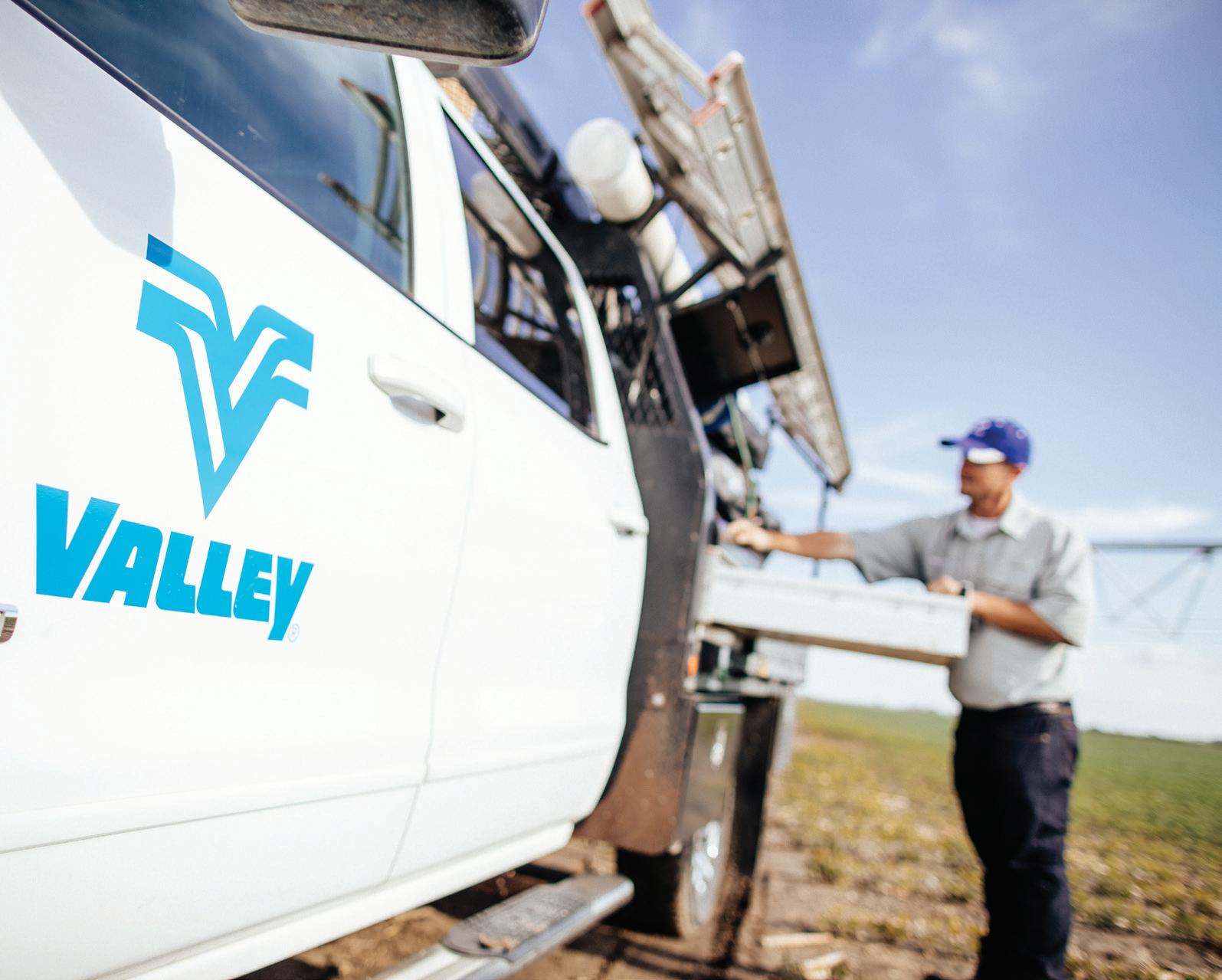
understanding of Wisconsin’s strengths in the potato industry and how to capitalize on those strengths through promotional and marketing campaigns.
Shailesh Ghimire, vice president of Client Strategy, gave a presentation on “The Transformative Power
Trusted for generations, the Valley® name signifies durability, reliability and strength. If we put our name on it, you can trust it’s the best quality and value for our growers. Backed by our industryleading warranty, Valley Genuine Parts are built to last.
From gaskets to gearboxes, and booster pumps to smart panels, you can rely on the best from Valley.
Future Leaders Graduate from Member Development Program . . . continued from pg. 25
of Artificial Intelligence.”
With the February Member Development Program session taking place at the Food + Farm Exploration Center, in Plover, teamwork and camaraderie were demonstrated through a “Wisconsin Potatoes Cooking Challenge,” with participants having great fun! The day included a tour of the Center.
The “Public Relations Principles, Media Training and Graduation” session, March 20, 2024, was held at Swartzendruber’s Supper Club in Antigo.
Members were given tools to become comfortable and effective communicators on behalf of the industry and move forward as effective leaders for their businesses and the ag community.
Public relations experts from Laughlin Constable of Milwaukee provided media training and conducted mock interviews with program participants.
Dinner and a reception followed, with awards and graduation certificates given to members.
Member Development Program participants are selected by the WPVGA from submitted applications on their potential as active members and future leaders in the potato and

Ted
vegetable growing industry.
Candidates represent one or more of the following segments of the industry: chip grower, seed grower, process grower, fresh grower/ marketer, vegetable division grower, farm office worker, or any facet of the WPVGA Associate Division categories or the Auxiliary.
Chosen candidates exhibit a willingness to commit time and effort to prepare for sessions and actively participate in all aspects of the program.
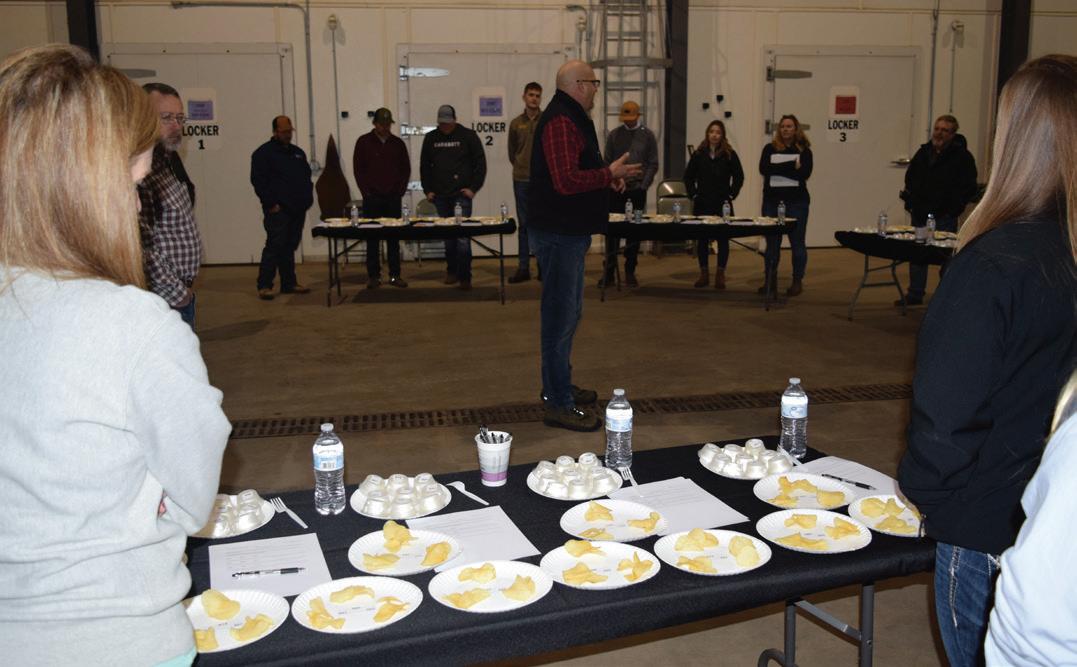
Program participants pay a nominal fee and are expected to make their own personal arrangements to attend sessions and related activities (including transportation, meals outside of the sessions, and lodging if necessary).
Costs associated with conducting the program are borne by the WPVGA with funds provided by the Associate Division in keeping with its mission to support the growth and development of the Wisconsin potato and vegetable industry.
 Melby (left), director of plant operations at Wysocki Family of Companies, gives Member Development Program participants a tour of the packing shed at Paragon Potato Farms. From left to right are Ted, Austin Headlee, Rollin Metzger, Erin Meister, Jason Gumz, Matt Young and Aaron Houdek.
Troy Fishler (in the center of all the tables in the first image), Amber Walker and Andy Hamernik of the Wisconsin Potato & Vegetable Storage Research Facility conducted a potato and chip tasting panel as part of January’s “Research & Technology” session. From left to right in the second image, Pamela Sankey, Alex Coy and Erin Meister found the chip tasting to be a fun experience.
Melby (left), director of plant operations at Wysocki Family of Companies, gives Member Development Program participants a tour of the packing shed at Paragon Potato Farms. From left to right are Ted, Austin Headlee, Rollin Metzger, Erin Meister, Jason Gumz, Matt Young and Aaron Houdek.
Troy Fishler (in the center of all the tables in the first image), Amber Walker and Andy Hamernik of the Wisconsin Potato & Vegetable Storage Research Facility conducted a potato and chip tasting panel as part of January’s “Research & Technology” session. From left to right in the second image, Pamela Sankey, Alex Coy and Erin Meister found the chip tasting to be a fun experience.
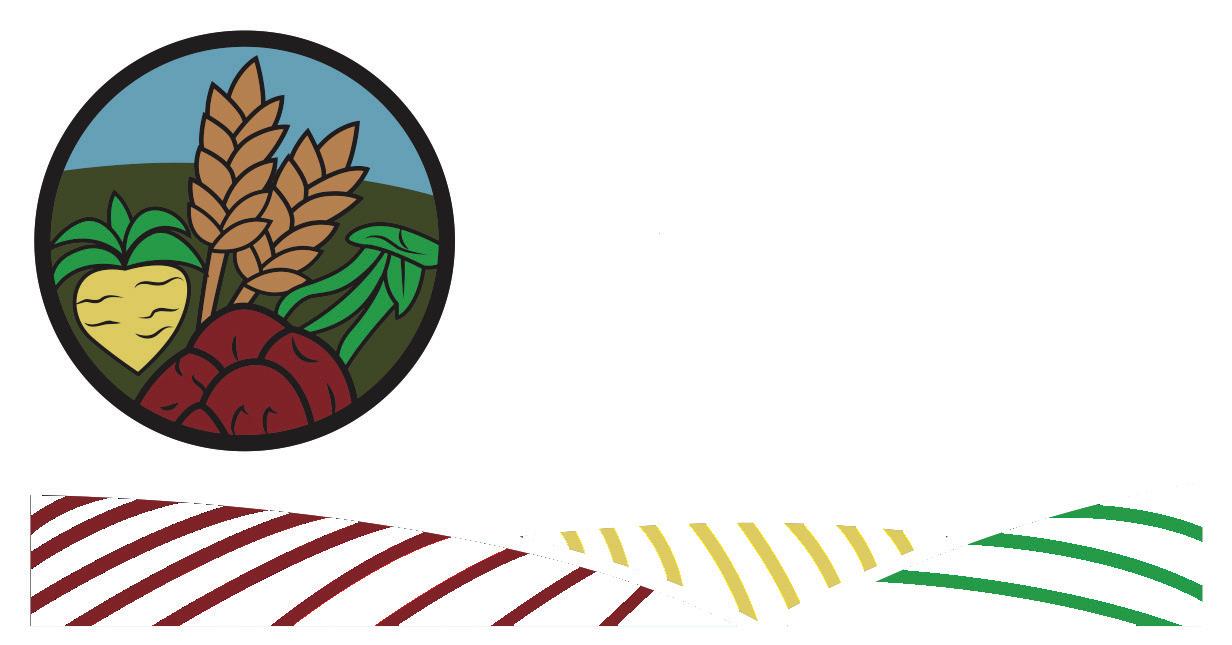

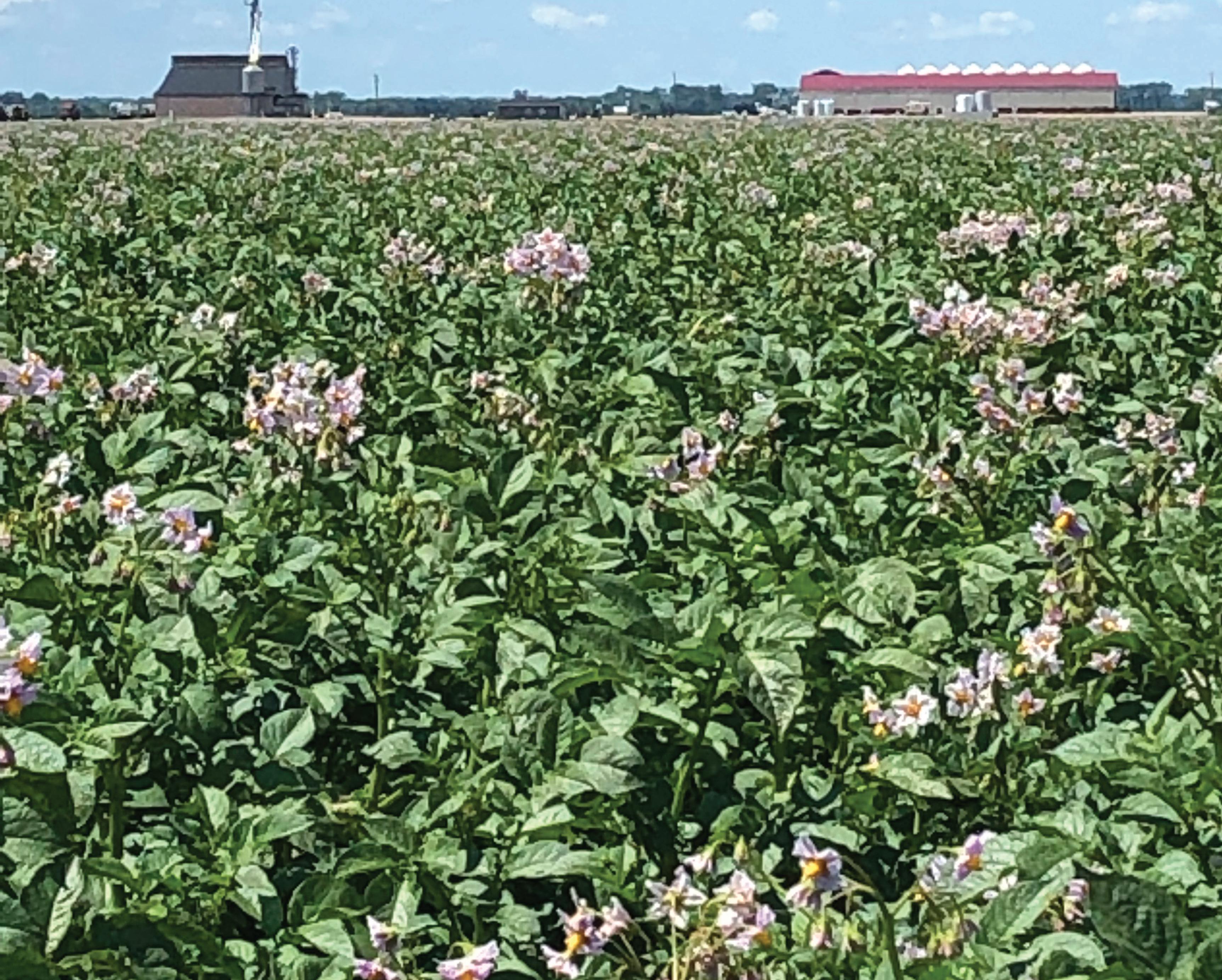


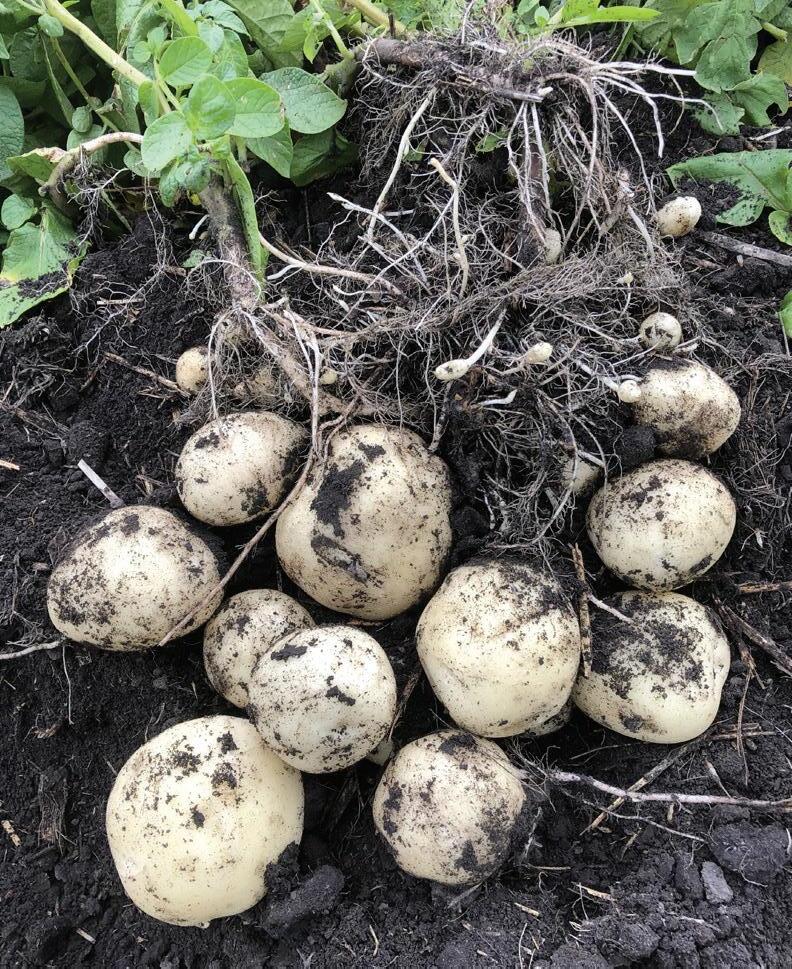


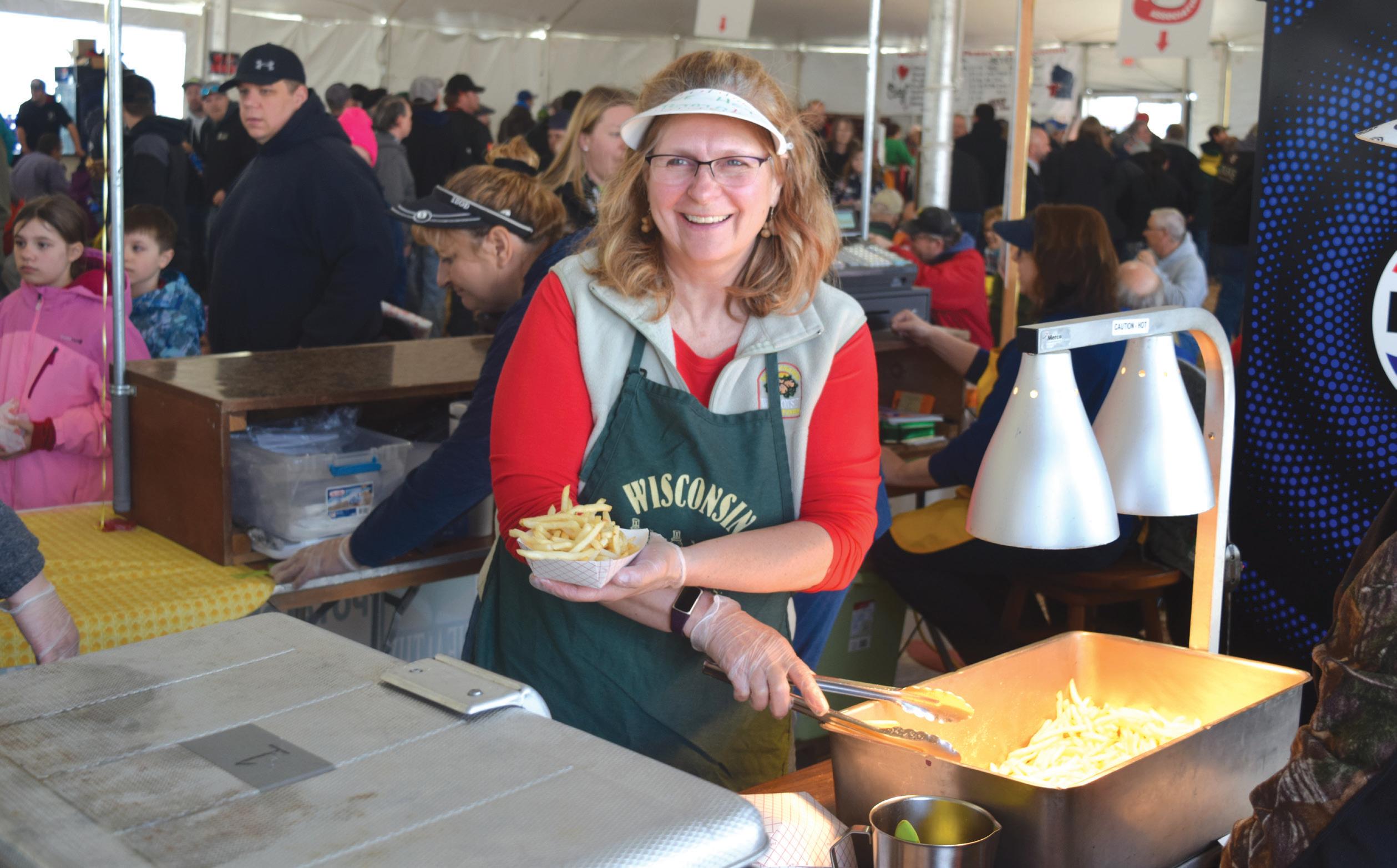

Hello, all! Welcome back to Auxiliary News. It was a busy, funfilled time, March 26-28, at the WPS Farm Show in Oshkosh, where the Wisconsin Potato Growers Auxiliary runs a booth every year selling baked potatoes, French fries, and nachos.
It’s definitely a fan favorite!
I had the pleasure of working in the booth a bit, and I always love to see how many people light up when we’re handing them their delicious baked potato or extra cheesy French fries! If you haven’t been able to attend the WPS Farm Show in the

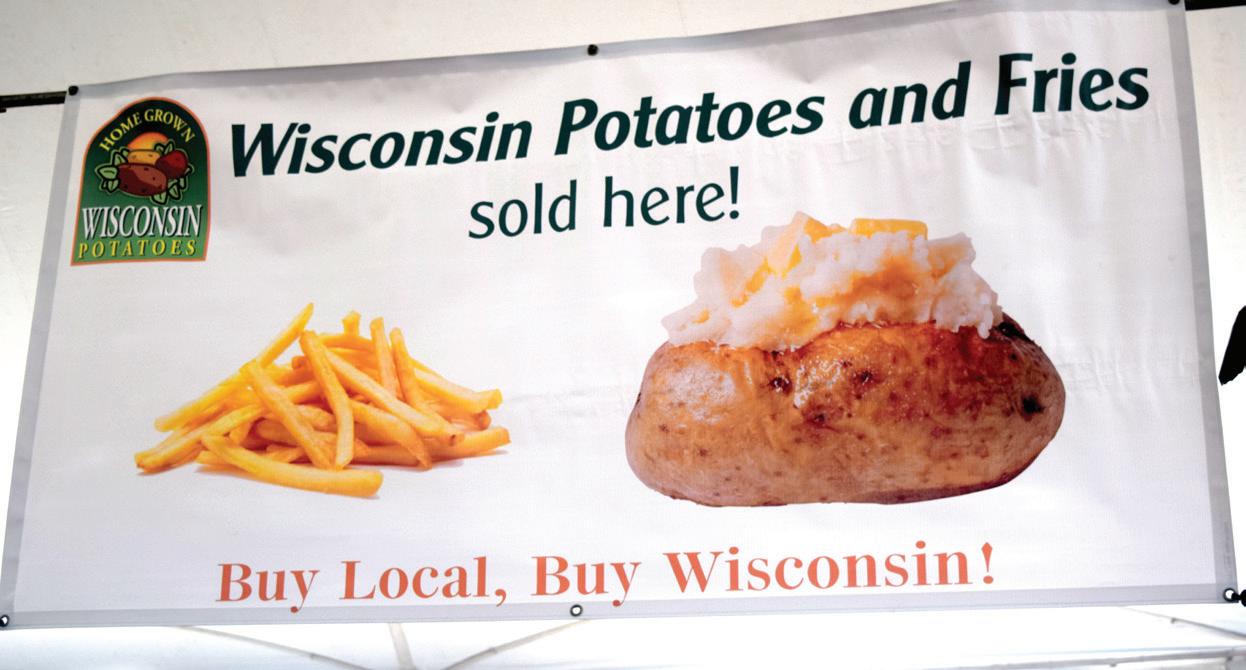 Above: The baked potato, French fries and nachos booth was buzzing with activity (and customers) at the WPS Farm Show.
Above: The baked potato, French fries and nachos booth was buzzing with activity (and customers) at the WPS Farm Show.

past, stop by next year and visit us at the booth in the food tent.
There’s quite a selection of Wisconsin-based goodies at the show, so you won’t leave hungry. We would like to thank all our volunteers who helped in the booth, and a huge thank you to Cliff and

Carole Gagas for doing such a great job putting everything together and making sure all ran smoothly. You both are the best!
Until next time,
Left: From left to right, Julie Braun, Josie Spurgeon, and Devin Zarda have provided their volunteer services at the WPS Farm Show baked potato and French fries booth for many years.

Full itinerary includes experts giving detailed presentations on engaging subjects
The countdown is on for the 12th World Potato Congress, scheduled for June 23-26, 2024, in Adelaide, South Australia.
The World Potato Congress organizing and steering committees are excited to host guests from around the world at Adelaide Convention Centre, and preparations by the team are well underway.
Attendees can anticipate a meticulously planned program and an engaging social itinerary, making it a truly memorable and worthwhile trip. The tentative program is currently available and can be viewed at https://tcc.eventsair.com/worldpotato-congress-2024/program-2024.
The following speakers will be joining the World Potato Congress in Adelaide. To read their full bios, please visit https://tcc.eventsair. com/world-potato-congress-2024/ speakers.
The 2024 World Potato Congress Organizing Committee anticipates welcoming you to beautiful Adelaide, Australia, in June.


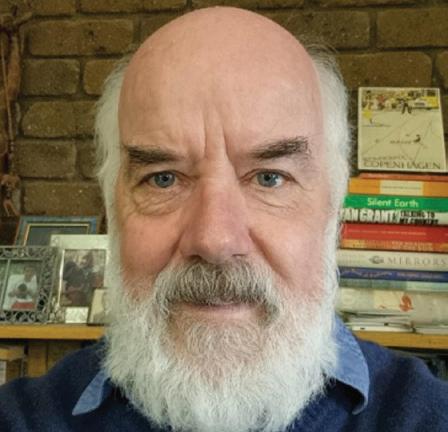

“Old World potato production systems meet New World implementing of regenerative agricultureˮ
Ryan Barrett is the Research & Agronomy Specialist with the Prince Edward Island Potato Board in Canada.
“Old World issue of insect management meets New World application of IPMˮ
Paul is an entomologist and owner and director of the IPM Technologies Pty Ltd, based in Hurstbridge, Victoria, Australia
“Old World issue of understanding the market meets New World modern consumer trendsˮ
David is Emeritus Professor of Food Marketing at Imperial College, London

When you need goods or services, please consider asking our Associate Division Members for quotes or explore what they have to offer. Together, we make a strong organization and appreciate how wonderful we are as a group.
Manufacturing career spanned 18 years and passion for industry started much earlier
For those living in Central Wisconsin, the name Blenker is likely a familiar one. Jason Blenker and his family built one of the largest off-site building manufacturers in the Midwest, Blenker Building Systems, out of Amherst, Wisconsin.
If you only count the years he spent as chief executive officer (CEO)/ president of the business, then Jason Blenker’s manufacturing career spanned 18 years. But as we all know in agriculture, the hard work, long hours, and passion for the industry start much younger when you are working alongside your family.
In 2020, Blenker Building Systems was acquired by Drexel Building Systems. Blenker led the team at Drexel as president for three-and-ahalf more years before looking for his next venture.
When the CEO position with Wysocki Family of Companies became available, Blenker recognized similarities to his former business.
“I see in the Wysocki organization a reflection of my own values,” he states, “a commitment to excellence, a strong sense of community, and a pioneering spirit in the agricultural industry.”
HONORING THE LEGACY
Blenker is encouraged by the transition of leadership and ownership from the Wysocki/ Sommers third generation to the fourth generation. He recognizes that transition is a pivotal moment in any organization’s journey and aims to
honor the legacy and vision of those who came before him.
Blenker will be supported by Bill Wysocki as Wysocki steps down from his CEO position, as well as the third generation serving in mentorship roles.
Wysocki Family of Companies and its owners are impressed with Blenker’s leadership skills and appreciate his commitment to family and the community. Blenker is a devoted husband to Jenny and a proud father of three active children: Jesse, June, and Jakob.
Family is the cornerstone of his life, and much of his passion and hobbies revolve around supporting his children’s interests. From football, baseball, and basketball to wrestling and volleyball during the school year, to the exhilarating world of snocross racing in winter and rodeo competitions in the summer, his days are filled with the joy of seeing his children thrive.
In addition to his family

commitments, Blenker is deeply involved in community initiatives. For the past four years, he served as the president of the Little Britches of Wisconsin Rodeo and is actively coaching various sports. Blenker sits on the Board of the Amherst Area Foundation, and twice has served as co-chair for the United Way of Portage County.
As the company embarks on this new chapter with Blenker at the helm, Wysocki Family of Companies is excited to leverage his experience and vision to steer the company and the industry towards a future filled with innovation, prosperity, and sustainable growth. Please join us in extending a warm welcome to Jason Blenker.
Bruce Feist brings global experience in technology, data and information
Compeer Financial, a farm credit cooperative based in the Upper Midwest, is pleased to announce the appointment of Bruce Feist as the organization’s chief information officer (CIO).
A resident of Woodland, Minnesota, Feist will assume the responsibilities held by Jerry Wiese, who was set to retire from his role as CIO in April.
With over 15 years of experience at Cargill, Feist brings extensive technology and leadership experience to Compeer Financial, having served in division chief information officer roles and other leadership positions. His global experience in technology, data, and information, particularly in the agricultural sector, positions him well for his new role.
In his capacity as CIO, Feist will lead Compeer Financial’s business technology and digital transformation efforts, focusing on creating business

and client value through technologybased initiatives.
He will spearhead digital strategies to elevate Compeer’s service offerings, which underscores the cooperative’s
N7158 6TH DRIVE P.O. BOX 215 PLAINFIELD, WI 54966 OFFICE: (715) 335-6660 FAX: (715) 335-6661

ongoing dedication to technological innovation in service to agriculture and rural America.
Feist holds a degree in computer information systems from St. Cloud State University in St. Cloud, Minnesota.
“Bruce’s robust background in guiding diverse and complex business technology strategies and teams will be instrumental as Compeer Financial seeks further innovative opportunities to serve and enhance the experience for our clients,” says Jase Wagner, president and chief executive officer at Compeer Financial.
“His strong business acumen, approach to change leadership and commitment to fostering a robust team culture make him an incredible asset to our organization,” Wagner adds. “We are thrilled to welcome Bruce to our team.”

Syngenta Vegetable Seeds and Emerald Seed Company announce the signing of a licensing agreement that will provide Syngenta exclusive access to Emerald Seed’s high-quality genetics.
Specifically, this partnership will allow Syngenta to continue investing in advancing onion seed germplasm and strengthen the company’s offering in onion seeds, one of the most widely grown vegetable crops globally.
Emerald Seed Company breeds open pollinated and hybrid varieties across many crops, including broccoli, cucumbers, and of course, onions, a crop where Emerald’s high-quality seed and germplasm is respected by growers globally.
“This partnership speaks to how collaboration is essential in our industry for the benefit of all stakeholders,” says Matthew Johnston, global head of vegetable seeds and flowers at Syngenta.
“We’re excited by the opportunity to share Emerald Seed’s products with more growers around the world, especially their world-class onion seeds,” Johnston adds. “This aligns with our passion to serve growers of every type with the most diverse, innovative portfolio of vegetable seed varieties.”
VEGETABLE SEED BREEDER
Emerald Seed Company was founded in 1995 as a vegetable seed breeder and producer, partnering with seed
Above: A partnership with Emerald Seed Company strengthens Syngenta’s portfolio of onion seeds, one of the most widely grown vegetable crops globally.
distributors throughout the world to serve professional vegetable growers.
The company is based in El Centro, California, one of the most important vegetable production regions in the Americas, where it maintains research fields and has concentrated


the onion breeding program for more than 20 years.
“Emerald Seed takes great pride in supplying our customers with a consistent source of high-quality vegetable seeds,” says Dr. Michael Dessert, owner and head plant breeder of Emerald Seed Company.
“This partnership with Syngenta
provides a path to put our seeds in the hands of more growers worldwide. We look forward to working with Syngenta for years to come.”
Syngenta was one of first companies to breed vegetable varieties more than 150 years ago, and today has vegetable seed teams operating in
more than 60 countries and shipping seeds to 124 countries.
For more information on Emerald Seed Company, please visit www.emeraldseed.com. For more information on Syngenta Vegetable Seeds, please visit www.syngentavegetables.com.
UW’s Rural Partnerships Institute receives funding for two initiatives
Two new projects focused on responding to natural disasters and protecting water quality in rural Wisconsin received funding through the Wisconsin Rural Partnerships Institute at the University of Wisconsin (UW)-Madison.
Each project fosters collaborations between interdisciplinary teams of university scientists, local nonprofit organizations, elected officials,
farmers, business owners and other neighbor groups.
This is the second round of projects funded by the Wisconsin Rural Partnerships Institute, which receives funding from the U.S. Department of Agriculture (USDA). Four earlier projects that focused on rural livability, student mental health, Indigenous food systems and rural community health services were

announced in 2023.
“These projects exemplify the Wisconsin Idea,” says Doug Reinemann, associate dean for extension and outreach in the College of Agricultural and Life Sciences at UW-Madison.
“Internationally recognized experts in climate science, environmental protection, agricultural practices and other disciplines will join forces with local experts to collaboratively develop solutions that will benefit rural communities,” Reinemann relates.
Patrick Robinson, associate dean for agriculture, natural resources, and community development with the UW-Madison Division of Extension, says, “Extension has a long history of being present in Wisconsin towns and cities and working alongside local officials and volunteers to identify innovative solutions that make communities safer, healthier, and more prosperous. We look forward to the positive outcomes from these new Rural Partnerships Institute projects.”
Preparing Wisconsin's Rural Communities for Amplified Weather Extremes
Working with farmers, local government officials and students in rural schools, this project aims to increase climate resiliency in three
rural Wisconsin regions by improving identification of and preparation for impacts from extreme variations in temperature and precipitation.
Billion-dollar weather disasters reached a record high nationally last year, and Wisconsin communities need plans to effectively address a natural disaster before it reaches them. The project aims to strengthen rural Wisconsin’s capacity for proactive planning and management of amplified extreme weather events.
Project leaders are Ken Genskow, professor and extension specialist, Department of Planning and Landscape Architecture; Steve Vavrus, Wisconsin state climatologist and assistant director, Center for Climatic Research, Nelson Institute for Environmental Studies; and Paul Block, associate professor, Department of Civil and Environmental Engineering. Improving Central Sands Groundwater Quality to Ensure a Vibrant Future for Agriculture, Rural Living and Surrounding Ecosystems
This project focuses on improving groundwater quality in Wisconsin’s Central Sands. The region, in the middle of the state, includes 2 million acres with deep, sandy soil and a mostly rural population of about 300,000 people.
Potatoes and processing vegetables grow particularly well in sandy soil. These crops generate more than $5.8 billion in total economic activity in the region.
The deep, sandy soil is more susceptible than other soil types to groundwater leaching of nutrients and pesticides used to grow the crops, resulting in higher concentrations of nitrate in groundwater than other parts of the state.
The project includes conducting field research to assess impacts from solutions that are both feasible for growers to adopt and economically
viable, as well as providing area communities with research-based information on improving and protecting water quality.
The project leader is Jed Colquhoun, professor and extension specialist, Department of Plant and Agroecosystem Sciences.
UW’s Rural Partnerships Institute is part of a broader USDA-funded Institute for Rural Partnerships, housed at UW-Madison, Auburn
University, and the University of Vermont.
The institute aims to promote equitable, resilient, and prosperous food and agricultural systems and expanded opportunities for rural community development. It fosters collaborations with communitybased initiatives and local research, educational institutions, and subject matter experts.

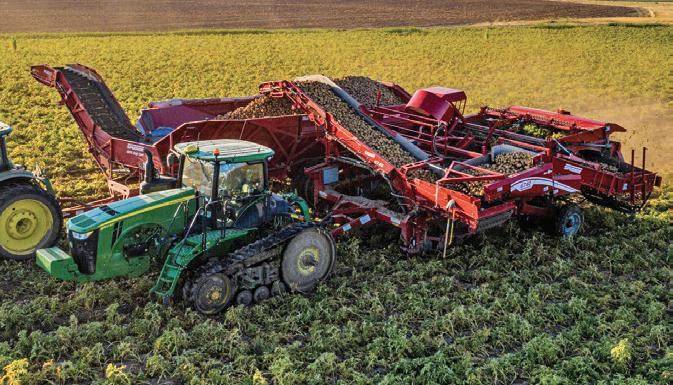








Altmann Construction Company, Inc. is being recognized for excellence in construction by Associated Builders and Contractors (ABC) of Wisconsin for an addition at Matalco, Inc., in Wisconsin Rapids.
ABC honored Altmann Construction at the Projects of Distinction Excellence in Construction Awards Banquet recently. The addition to Matalco, Inc. is being recognized as one of the most impressive and unique construction projects completed in 2023.
The addition warehouses high quality scrap material, which was stored outdoors, to be melted down to produce aluminum billets.
Altmann Construction received a Gold Projects of Distinction Award from ABC of Wisconsin for its work on the project.
The pre-engineered metal building is a 115-foot clear span structure with 45-foot-tall sidewalls, and a complex concrete foundation to support these loads.
Working closely with a team including the owner, architect, engineers, and Altmann staff, the building project was designed to utilize an existing concrete push wall and its footings, allowing the new pre-engineered metal building and existing building to move independently while sharing a wall.
Multiple challenges included redesigning and rerouting storm water drainage through the entire 34-acre property and routing it under a city street.
With supply chain issues arising, the

metal building was ordered in August 2021, and didn’t arrive until almost 10 months later, which delayed completion of the building.
Due to a high water table, dewatering was ongoing during installation of the concrete footings and foundation. The 22,000-square-foot floor required 600 yards of concrete to be placed, finished, and cut in one day because of the project schedule and specialized macro steel fibers incorporated into the ready mix.
This 9-inch-thick slab was constructed to allow for heavy equipment use and aluminum billet storage. Throughout the construction project, the building was completed accident free and efficiently.
The Projects of Distinction Awards
recognize construction projects that are built on merit and judged by a panel of experts based on several criteria, including quality, owner satisfaction, unusual challenges, and safety. The awards were presented at a banquet with 300 people in attendance at The Ingleside Hotel, in Pewaukee.
Projects are recognized in several different types and sizes of general construction and specialty trades. To be eligible for the 2023 awards, projects must have been completed between October 2022 and September 2023.
EXCELLENCE IN CONSTRUCTION
“Projects of Distinction allows our members to display their excellence in construction,” says John Mielke,
president of ABC of Wisconsin. “While some of these projects are quite large in size, there are unique projects of all sizes that demonstrate the talents of our members and their teams.”
A group of 28 judges evaluated 51 projects in 17 different general contractor and specialty contractor categories. The field of judges included architects, engineers, and educators in the construction industry.
“Altmann Construction is honored to be recognized for completing some of the most exceptional and impressive construction work in 2023,” says Tom Altmann, president
of Altmann Construction. “We thank ABC for recognizing our work on this challenging project.”
“We are truly grateful to receive such a distinguished award,” Altmann continues, “and be honored alongside so many quality companies and individuals in the construction industry who have such an impact on the building community.”
A list of the award winners can be found at https://www.abcwi.org/ membership/awards-programs/ projects-of-distinction.
Altmann Construction Company, Inc. is a general contractor employing almost 50 employees and is located at 5921 Plover Road in Wisconsin
Assessment determines residues of 1,4-DMN in potatoes pose no health concerns
The Japanese Ministry for Health, Labor and Welfare (MHLW) updated food residue standards on March 4, 2024, incorporating a maximum residue level of 15 parts per million for 1,4-DMN in potatoes.
“The ministry’s assessment concluded that residues of 1,4-DMN in potatoes pose no health concerns. This favorable determination is a significant step forward in enhancing the global trade of potatoes,” states Jeanette VonKrosigk, global regulatory affairs director at 1,4GROUP.
The setting of import tolerance for 1,4-DMN is anticipated to promote global potato trade and optimize storage practices worldwide.
“We are working with our market

channel partners ensuring that 1,4SIGHT® expanded use is seamlessly integrated into their operations,” says John Hren, global sales and marketing director.
For inquiries, please contact Jennifer Bills, global communications marketing manager at 1,4GROUP, jbills@14group.com, or call 208-985-7851.
Rapids. The company built its reputation by consistently delivering quality work with a high level of craftsmanship.
Altmann Construction does more than simply build beautiful structures, it builds structures that provide a future for the people who live and work in them.
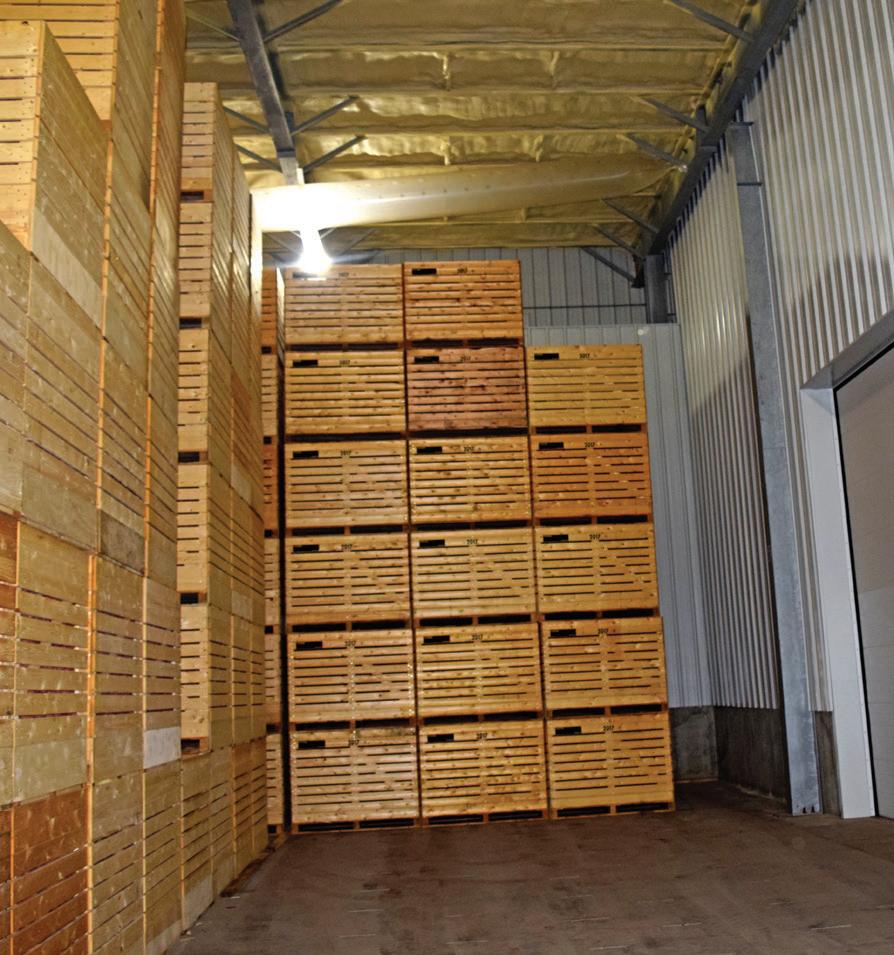
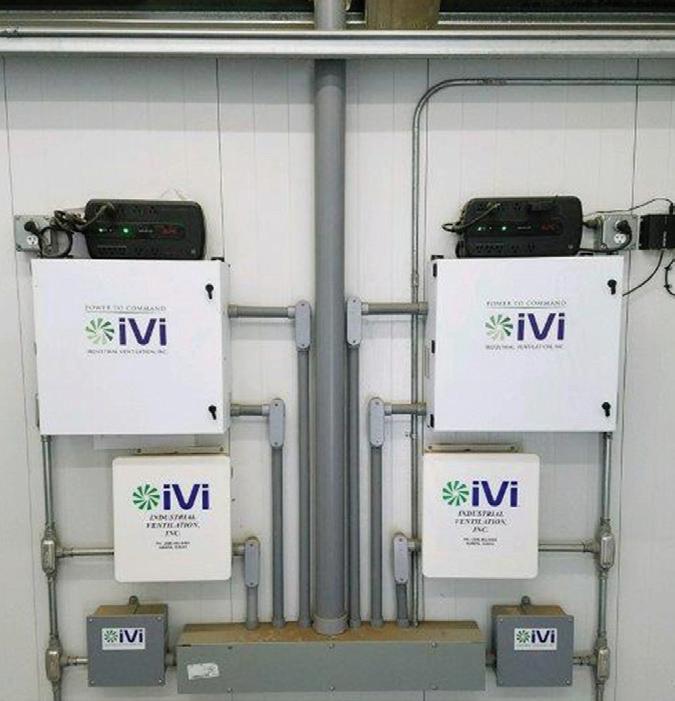
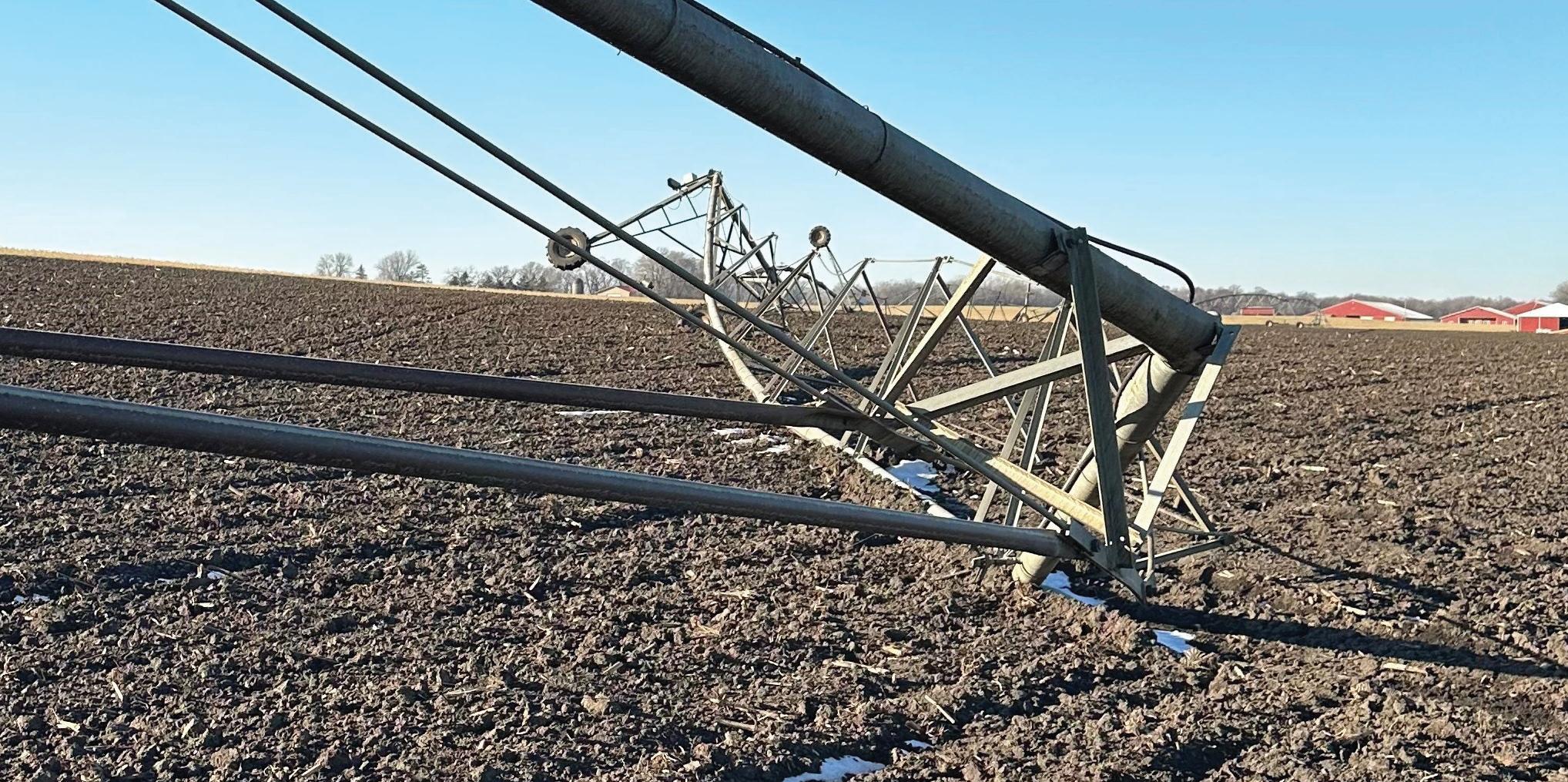
How well do you understand the insurance coverage on your center pivot irrigation systems? In this article, we will cover the basic points to help you better understand your coverage.
Most farmers have irrigators covered on their farm insurance policies. Farm policies provide insurance on a “schedule basis,” meaning you are required to list the center pivot systems individually with a value for each.

With the recent runup in prices, new irrigation systems can cost in the general range of $13,000-$15,000 per tower. If you’ve set up a new irrigator recently, look at the invoice.
Also note that shorter systems tend to run higher in price per tower than longer systems. Add in the cost of any attached equipment to the irrigator, like an upgraded control panel, GPS, upgraded nozzles, etc., and the replacement price climbs significantly.
The first question you should ask is, “Are my irrigators covered on a replacement cost [RC] basis or actual cash value [ACV] basis?” The difference here is depreciation.
In the event of a loss, RC will pay
Above: An alternative to insuring center pivot irrigation systems on your farm policy is to put them on a standalone irrigation policy.
the cost to replace the system up to the limits on the policy. Actual cash value will account for the depreciation in the system.
For example, you have a 20-yearold irrigator that costs $100,000 to purchase new today. If you are covered on an ACV basis, then you receive the actual cash value, or depreciated amount of the irrigator, in this case, probably $60,000.
You would have to come up with the other $40,000 to replace the irrigator out of your bank account. If you have RC coverage, you would only be subject to the deductible you choose, usually $2,500 -$5,000, and you would get a new irrigator (no depreciation).
Most farm policies will only cover irrigators on an ACV basis. If this is the way you prefer to cover them, then you should set limits on the policy at the depreciated value of the irrigators.
If you insure them to RC value but can only collect ACV, then you are wasting insurance premium.
Farm policies also cover irrigators on a “specified peril” basis. They only cover those losses specified in the policy. Typically, farm policies have four levels of perils they will cover, and you pick one.
Peril levels are generally:
Limited Perils: Fire, lightning, wind, hail, and explosion, as well as aircraft, vehicles, and riots or rioting
Basic Perils: Add vandalism, theft, glass breakage, sinkhole, and volcanic action to the Limited Perils.
Broad Perils: Add falling object, weight of ice and snow, collapse, collision, and overturn.
Special Perils: All the above plus any direct physical loss not included.
Now, as you might suspect, the rates
“I had a customer lose $1.5 million dollars [14 systems] worth of irrigation equipment in one overnight wind event!”
– Thomas J. Kladar, On Point Agronomy, LLC
 Most farm policies will only cover irrigators on an actual cash value basis. If this is the way you prefer to cover them, then you should set limits on the policy at the depreciated value of the irrigators.
Most farm policies will only cover irrigators on an actual cash value basis. If this is the way you prefer to cover them, then you should set limits on the policy at the depreciated value of the irrigators.
Understanding Center Pivot Insurance . . .
continued from pg. 39
to determine premium will go up as each layer of perils is increased.
In addition to the irrigators, you also need to make sure you understand the coverages that apply to the ancillary equipment that supports each system, such as a submersible pump, turbine pump, pump panel, variable frequency drive, phase convertor, underground pipe, and wire, etc.
With most policies, these are not part of the irrigator and must be scheduled separately on the policy and have their own limits.
A quick conversation with your irrigation supplier, and you will quickly see there is typically $50,000 or more of ancillary equipment associated with each pivot.
An alternative to insuring center pivot irrigation systems on your farm policy is to put them on a standalone irrigation policy.
These are typically written on a common “inland marine” coverage form that is modified for the unique nature of irrigators. In full disclosure, this is the type of policy that the author sells.
Systems are typically insured on a replacement costs basis, with additional coverage of “Mechanical and Electrical Breakdown” (M/E) as an option. Most farm policies do not offer M/E coverage.
In conclusion, the questions you should ask your agent to understand coverages are:
1. Do I have replacement cost or actual cash value coverage?
2. What perils am I covered for?
3. Are the values on my policy consistent with the type of coverage I have (either replacement cost or actual cash value)?

Limited Perils insurance, which is an option for center pivot irrigation systems, covers fire, lightning, wind, hail, and explosion.
4. Is my ancillary equipment covered as well (values, perils, etc.), and how, and for how much?
5. If I am covered on an actual cash value basis and lose one or all my irrigation systems to a storm, how much in depreciation dollars am I going to have to come up with to replace my irrigators?
I had a customer lose $1.5 million dollars (14 systems) worth of irrigation equipment in one overnight wind event!
The author has been selling irrigation insurance in Minnesota and Wisconsin for eight years and can be reached at onpointagronomy@gmail. com, or by calling 612-655-2261.
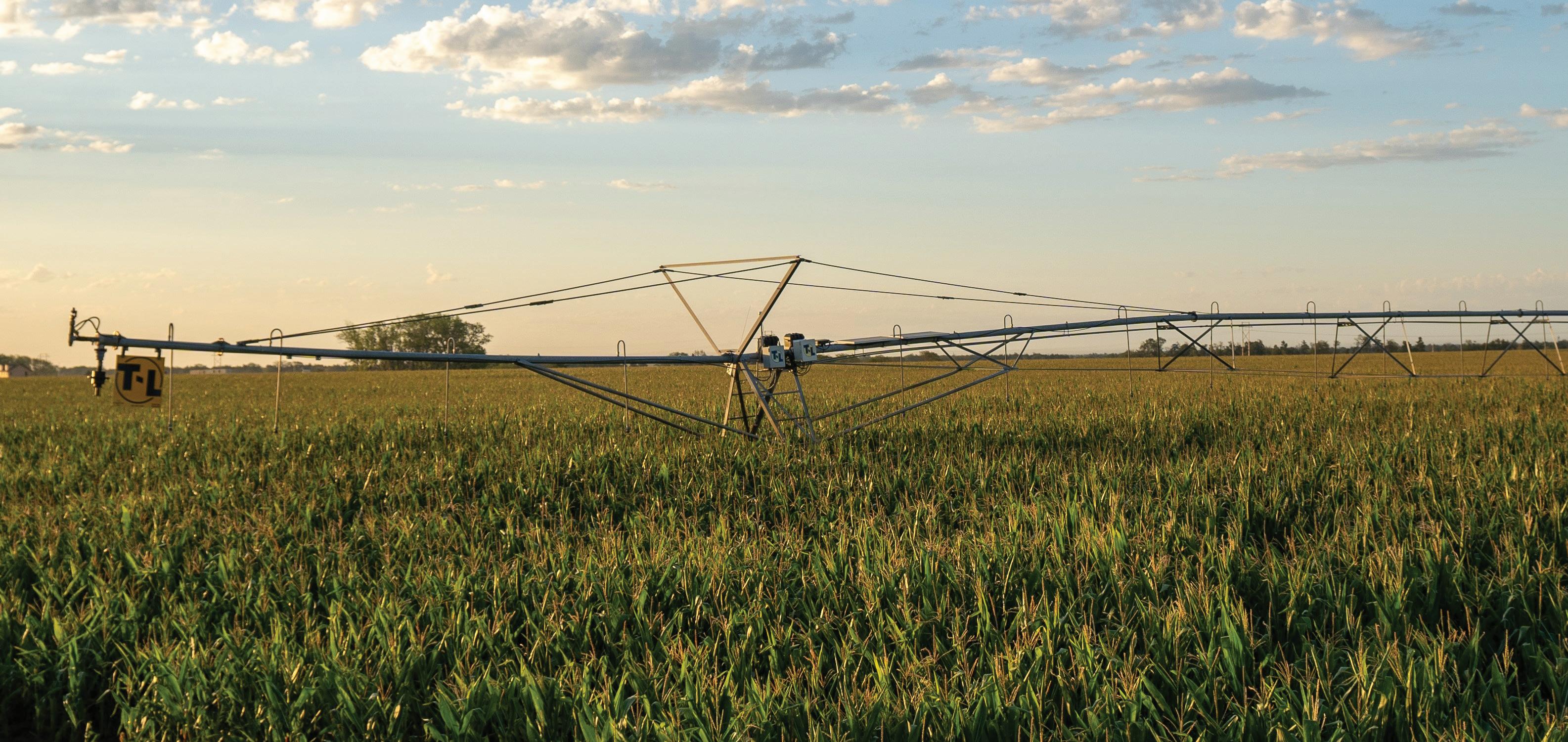
T-L Irrigation strategically installs controller on end tower for boosted accuracy and reliability
The new fully remote Edge Controller from T-L Irrigation Company gives operators the power to monitor and control pivot operations at any time in any place. With no physical control panel needed at the pivot point, the controller itself is strategically installed on the end tower, increasing accuracy and reliability of pivot function.
“Remote telemetry allows the operator to monitor and control the pivot from any connected device anywhere in the world,” says Neal Schlautman, T-L Irrigation Company engineering manager. “Changing the controller location means all sensor input and commands are centralized to where the work takes place—at the end of the pivot.”
This move puts the pivot water pressure sensor at the end tower, too. This is optimal, Schlautman says, as it ensures the entire system is reaching the necessary
water pressure for consistent, uniform application.
The water pressure sensor is wired directly into the Edge Controller, as
are sensors and control valves for other critical functions like direction control, GPS position, and end tower speed, streamlining the overall wiring system.
Each sensor and control function requires its own wire. When a controller is installed at the pivot point, each wire, and the information it carries must travel through the collector ring and the length of the

continued from pg. 41
pivot to the end tower.
With the Edge Controller, the potentially half-mile-long span cable is reduced to just a few feet. Only 24-volt DC power is required in the span cable.
“The design increases the overall reliability of the system. Moving the controller to the end tower dramatically reduces the distance the sometimes sensitive low-voltage signals travel and cuts out areas where issues can occur,” Schlautman says.
The Edge Controller provides closedloop speed control. Real-time data is constantly incoming, and adjustments are being made right at the end tower to provide precise pivot speed. When combined with the steady movement of T-L Irrigation hydrostatic drives, this system provides exceptionally even, precise application, all controlled and monitored remotely.

Still too many wires? The Edge Solar option can eliminate the span cable and collector ring otherwise needed to provide 24-volt DC power to the controller, too. Solar panels are installed next to the Edge Controller at the end tower, allowing for fully wireless operation. Edge Solar can provide extra peace of mind for those in areas where span cable theft is a concern.
“Through remote operation, increased accuracy, and improved reliability, the Edge Controller allows irrigators to be better stewards of their water, crops, and time,” Schlautman says.
The Edge Controller and the Edge Solar Option are available for new
systems and can be easily retrofitted to existing systems.
T-L Irrigation Company is a familyowned irrigation solutions business based in Hastings, Nebraska. For 68 years, the company has been committed to providing reliable and high-quality center pivots, irrigation systems, agriculture and irrigation equipment, and innovative water management products that are intuitive for farmers to use and repair.
T-L Irrigation distributes throughout the United States and to 80 countries.
For more information, contact John Thom, vice president, T-L Irrigation, 402-984-7449, jjt@tlirr.com, https://www.tlirr.com.
Currie Chemical Company compound controls wide variety of destructive pests and diseases
Thymic from Currie Chemical Company, Inc. is an essential oilbased compound that has fungicidal and insecticidal action. With many benefits for both actions, Thymic is a bactericide, insecticide and fungicide developed with food-grade thyme oil. It is formulated to maximize thymol content for better control of target pests. Use Thymic for preventive and curative control of a wide variety of destructive pests/diseases, including aphids, thrips, white y, anthracnose, Botrytis and Xanthamonas.
Thymic is OMRI-listed with modes of action including:

• Desiccates insect and disease cuticles.
• Inhibits and controls bacteria that cause plant diseases.
• Prevents spore and egg deposition and germination.
• Releases volatile terpenes to repel and disrupt pathogens.
• Acts as preventive and curative treatment.
• Has no REI (restricted entry interval) or PHI (preharvest interval)
All these modes of action are unique and not shared with any other product on the market today.
Thymic can be used alone or in combination with other products so that the grower gets combined multiple modes of action to control insects and fungi.
Thymic can be added to a fungicide program to add some insect control, and in an insect program to add fungicidal control in the program.
Apply Thymic to the foliage, soil or through irrigation to all crops at 0.52 quarts/100 gallons of water in a minimum volume to provide uniform coverage of the target area.
Thymic works on contact, and adequate coverage is essential.
The final pH of a Thymic spray mixture should be slightly acidic (pH 5.5-6.5). Apply Thymic every 4-14 days depending on pest life cycle. Thymic is tank-mix compatible with

most fertilizers and plant protectants. Always conduct a jar test when using new or untried combinations.
Thymic Plan:
• Add Thymic to your fungicidal and insecticidal plan.
• Thymic can be used every 5-7 days throughout the season. The Currie Chemical Company recommendation is that it be used for every other application.
• Thymic should be used in intertidal programs when fungal infection conditions are high.
• Thymic can be used in a fungicidal program when there is significant insect pressure.
• Thymic is used at 32-64 ounces per 100 gallons of spray water.
Using Thymic will add a level of fungal insect control using modes of action that are not otherwise available. Using Thymic allows you

to have multiple modes of action on multiple pests.
Contact Currie Chemical Company, attention Noel Currie, 207-768-0681, noel@curriecompany.com.












On March 26, U.S. Senators Susan Collins (R-Maine) and Michael Bennet (D-Colo.) led a bipartisan group of 14 senators in writing to U.S. Department of Agriculture (USDA) Secretary Thomas Vilsack and U.S. Department of Health & Human Services (HHS) Secretary Xavier Becerra in opposition to any reclassification of potatoes as a grain instead of a vegetable during the Dietary Guidelines for Americans (DGAs) process.
“Since the inception of the USDA, it has classified potatoes correctly as a vegetable,” the group of senators wrote. “There is no debate about
the physical characteristics of the potato and its horticultural scientific classification. Unlike grains, white potatoes are strong contributors of potassium, calcium, vitamin C, vitamin B6, and fiber.”
“Any change to potatoes’ current classification under the DGAs would immediately confuse consumers, retailers, restaurant operators, growers, and the entire supply chain,” the senators continued.
“We strongly urge you to avoid reclassifying potatoes as a grain or suggest grains and potatoes are interchangeable,” they stressed.
“Given the rapid timeline that the
DGAs are on, we ask that you provide us an update on this issue as soon as possible.”
Joining Senators Collins and Bennet were Senators James Risch (R-Idaho), Mike Crapo (R-Idaho), Kevin Cramer (R-N.D.), Angus King (I-Maine), John Hickenlooper (D-Colo.), Pete Ricketts (R-Neb.), Steve Daines (R-Mont.), Ron Wyden (D-Ore.), Debbie Stabenow
Above: A bipartisan group of 14 senators wrote to U.S. Department of Agriculture (USDA) Secretary Thomas Vilsack and U.S. Department of Health & Human Services (HHS) Secretary Xavier Becerra in opposition to any reclassification of potatoes as a grain instead of a vegetable.
(D-Mich.), John Hoeven (R-N.D.), Jeffrey Merkley (D-Ore.), and Maria Cantwell (D-Wash.).
AMERICA’S
“We’re grateful that this bipartisan group of senators has united behind a common message of keeping America’s number one vegetable classified as a vegetable,” says National Potato Council (NPC) President and Colorado potato grower Bob Mattive.
“Each update of the Dietary Guidelines for Americans has farranging implications throughout federal, state, and local nutrition programs,” Mattive adds.
“We are calling on USDA and HHS to reject any effort by the DGA committee to ignore long-standing nutritional and horticultural science by reclassifying potatoes as a grain,” he concludes, “or suggesting that potatoes are interchangeable with non-vegetables.”

The effort to gain congressional supporters for the bipartisan letter was initiated during NPC’s Washington Summit, February 26-March 1, where attendees took the issue to their members of Congress. A similar bipartisan
House letter was expected to be released in early April.
The full Senate letter is available by visiting https://www.collins.senate. gov/imo/media/doc/collins-bennet_ letter_-_reclassification_of_potatoes. pdf.
In late March, members of the Senate reintroduced the Affordable and Secure Food Act, legislation that would “reform America’s temporary agricultural worker program, provide farm workers with certainty and a pathway to legal status after 10 years, and provide relief to farmers and ranchers facing a labor workforce crisis,” according to a press release by bill sponsors Sen. Michael Bennet (D-Colo.) and Chair of the Senate Ag Committee Debbie Stabenow (D-Mich.).
“The agriculture industry is experiencing a critical shortage of labor to plant and harvest crops,”
says National Potato Council Vice President of Legislative Affairs Dean Gibson.
“We appreciate these senators for highlighting this crisis,” Gibson adds. “Looking forward, we must find a bipartisan solution supported by the agriculture industry that delivers certainty for ag workers and the farms and ranches that employ them.”
According to the sponsors, the bill would:
• Reform the H-2A Temporary Agricultural Worker program by providing H-2A visas for
year-round jobs for the first time, modernizing the application process, creating more wage certainty, and ensuring critical protections for H-2A farm workers.
• Establish a program for agriculture workers, along with their spouses and minor children, to earn legal status. Farm workers in the program may earn a path to a green card after 10 years of agriculture work.
• Establish a mandatory, nationwide electronic verification system for all agricultural employment, with high standards for privacy and accuracy.

chair, professor and extension specialist, University of Wisconsin (UW)-Madison Department of Plant Pathology, and Ben Bradford, researcher, UW-Madison Department of Entomology
According to the National Weather Service, Wisconsin saw one of its warmest Januarys in recorded history, in 2024, as the 10th warmest January since 1871. January was 8.5 degrees warmer, on average, than normal despite nine days of below normal temperatures during the mid-January cold snap.
For the curious, the warmest Wisconsin Januarys occurred in 2006 and 1990.
The phenomenon responsible for this weather is known as El Niño, which brings above-average temperatures to the United States resulting in below-average snowfall due to the sea surface temperatures in the central and eastern Pacific Ocean warming to above-average for several months.
Under these conditions, the polar jet stream is shifted northward, limiting cold air intrusions from the north.
Warmer-than-average air temperatures lead to warmer-thanaverage soil temperatures, which can influence the resilient plant pathogens residing in the soil and plant debris and can influence the viability of potato volunteers. These conditions can result in higher levels of viable pathogen inoculum available
to next year’s crop.
Most soil microbes require temperatures between 50-96 degrees Fahrenheit to sustain life. Soil microbial activities decrease with low soil temperatures, and at freezing (32 degrees), most activities stop, killing the microbes.
The magnitude and duration of the cold, as well as soil moisture content and the presence of protective
Above: Amanda Gevens, chair, professor and extension specialist, UW-Madison Department of Plant Pathology, updates attendees of the 2022 Hancock Agricultural Research Station Field Day on potato and vegetable diseases.
structures are critical pieces in considering the disease risk in a year following the warm winter. Persistent annual warming can result in the development of new strains of pathogens that become better adapted and more virulent.
Pathogens of concern in potato reside in agricultural fields (in and outside of plant debris) over the winter months.
They include fungi Alternaria solani causing early blight, Alternaria alternata causing brown spot, Colletotrichum coccodes causing black dot, Fusarium spp. causing wilt and dry rot, Helminthosporium solani causing silver scurf on tubers, Rhizoctonia solani causing black scurf and Rhizoctonia stem canker, and Sclerotinia sclerotiorum causing white mold.
Verticillium dahliae is the causal agent along with the nematode Pratylenchus penetrans in potato early dying. Other concerns in potato are oomycetes or water molds
Phytophthora infestans causing late blight, Phytophthora erythroseptica causing pink rot, and Pythium ultimum causing Pythium leak.
Bacteria Streptomyces scabies causes common scab, Pectobacterium and Dickeya spp. cause blackleg and tuber rot, and plasmodiophorid Spongospora subterranean causes powdery scab.

05-24 Badger Common'Tater (7.25x2.25).v1.pdf 1 2024-04-08 8:34 AM
While this list is not comprehensive and omits pathogens vectored by insects, it’s still imposing to consider the potential pathogen challenges in the production field.

Integrated management is essential in addressing the pathogens that you anticipate based on knowledge of field history and seed quality.
continued on pg. 48 UW-Madison researcher Ben Bradford discusses changes in Colorado Potato Beetle emergence and diapause phenology at the 2023 Grower Education Conference & Industry Show, in Stevens Point, Wisconsin.Key elements of a best disease management program include host resistance, clean seed, cultivation, especially leading to enhanced biodegradation of plant residues harboring pathogens, planting timing, crop rotation, irrigation management, fertility, weed management inputs, insect management inputs, and pathogen management such as chemical, biological, and biopesticidal inputs.
Note the holistic listing of just about every crop production input! A stressed plant is one with greater susceptibility to infection.
We have been successful in keeping late blight out of potato and tomato production in Wisconsin and the northern United States in recent years.
This outcome reflects the tight control of seed potato crop health and disease management in ware production fields, as well as a general trend of hotter and drier weather over the past two years, which limits progress of the pathogen
Late blight is initiated from mycelium of the pathogen, which survives between growing seasons by overwintering in infected potato tubers intended for seed, or in volunteer tubers that are left in fields at harvest, or within discarded cull and rock piles.
However, based on soil temperature data retrieved from (https://wisconet.wisc.edu/stations/hancock/index.html) amount of time, so the risk of potato volunteers is very high
Volunteer potatoes bring increased risk of serious diseases margins that are not being managed for potato in the current applications.
Recall that the late blight pathogen in North America is by-and-large asexual and does not produce soil persistent long-term oospores.
As a reminder to Wisconsin growers, as per Wisconsin Administrative Code ATCP 21.15 Potato Late Blight, cull potato piles must be destroyed by May 20 of each year to prevent late blight spore production and disease initiation in the state.
Destruction can be achieved by land spreading the culls with incorporation, feeding culls to livestock, landfill, or other approaches which require Department of Agriculture, Trade and Consumer Protection (DATCP) written approval. For more details, visit: https://docs.legis. wisconsin.gov/code/admin_code/ atcp/020/21/16/1/b/6?up=1.
Due to a combination of the warm 2023-2024 winter season, and a heavy snowpack during the few weeks when air temperatures did drop into the single digits, soil temperatures in Central Wisconsin may not have gotten cold enough to kill potato tubers left in the field after harvest.




Based on 2008 work conducted by Dr. Willie Kirk (Michigan State University) and Dr. Phil Wharton (now at University of Idaho), 4-inch soil depth temperatures below 27 degrees Fahrenheit for 120 hours are sufficient to kill off any volunteer potatoes remaining in the field.
Volunteer survival can result in sprouts that could serve as a potential source of pathogen inoculum in the spring.

The table above illustrates the model used to determine the likelihood of volunteer survival over winter based on soil temperatures between November 1 and March 31.

Above is a soil temperature record from the UW Hancock Agricultural Research Station weather station in the winter 2023-2024. Note that the soil did not cool below 27 degrees Fahrenheit at any time during the winter.
However, based on soil temperature data retrieved from the UW Hancock Agriculture Research Station weather station (https://wisconet.wisc.edu/ stations/hancock/index.html), these low temperatures were not reached this winter for any amount of time, so the risk of potato volunteers is very high in the coming 2024 growing season.
temperatures, but these again were not sufficient to kill volunteers.
The two-inch soil depth temperatures
fell below 27 degrees for only 26 total hours, which is far less
The Rhinelander Agricultural Research Station weather station (https://wisconet.wisc.edu/stations/rhinelander/index.html), which is 100 miles farther north than the Hancock did experience colder temperatures, but these again were not sufficient to kill volunteers.
Volunteer potatoes bring increased risk of serious diseases such as late blight since they typically appear in fields and margins that are not being managed for potato in the current growing season, so do not receive preventive fungicide applications.
Above is a soil temperature record from the UW Hancock Agricultural Research Station weather station in the winter of 2023-2024. Note that the soil did not cool below 27 degrees Fahrenheit at any time during the winter.
The Rhinelander Agricultural Research Station weather station (https://wisconet.wisc.edu/stations/ rhinelander/index.html), which is 100 miles farther north than the Hancock station, did experience colder
Use Chameleon, Impact and Foam Cutter every time you spray to ensure the best results from your pesticide application. Don’t take chances with cheap, “soapy” surfactants.
Chameleon: Scientifically formulated to maximize the effectiveness of agricultural chemicals.
Impact: Promotes better tuber development by breaking soil clods, breaking hardpan and loosening the soil. Impact also prevents dry pockets in the hill by enhancing water infiltration.
Foam Cutter: A concentrated defoamer that saves tank fill up time and prevents pesticide spillage.

The two-inch soil depth temperatures fell below 2 for only 26 total hours, which is far less than the 120 required for a good potato volunteer kill.




The two-inch soil depth temperatures fell below 27 degrees for only 26 total hours, which is far less than the 120 required for a good potato volunteer kill.

than the 120 hours required for a good potato volunteer kill.
programs in adjacent crops and non-potato crops if herbicides are registered are recommended.
Above is the soil temperature record from the UW Rhinelander Agricultural Research Station weather station in the winter of 2023-2024. Note that the soil cooled below 27 degrees only at a 2-inch depth and only for 26 hours over winter.
Above is the soil temperature record from the UW Rhinelander Agricultural Research Station weather station in the winter of 2023-2024. Note that the soil cooled below 27 degrees only at a 2-inch depth and only for 26 hours over the winter.
Surveying and managing 2023 potato fields for volunteer potatoes will be critical in 2024. Volunteer elimination
Overall, warmer than typical winters can create conditions favorable to the survival and activity of soilborne and debris-borne potato pathogens, posing challenges for growers in Wisconsin and other regions.
Warm soil temperatures, dependent upon other factors like soil moisture and debris, can enhance viability
of pathogens, disrupt dormancy patterns of pathogens, and influence nutrient availability and microbial communities that may indirectly affect pathogens.
For more information about our potato and vegetable disease modeling support, please visit the UW Vegetable Pathology website at https://vegpath. plantpath.wisc.edu/.
Wisconsin Potato Assessment Collections: Two-Year Comparison
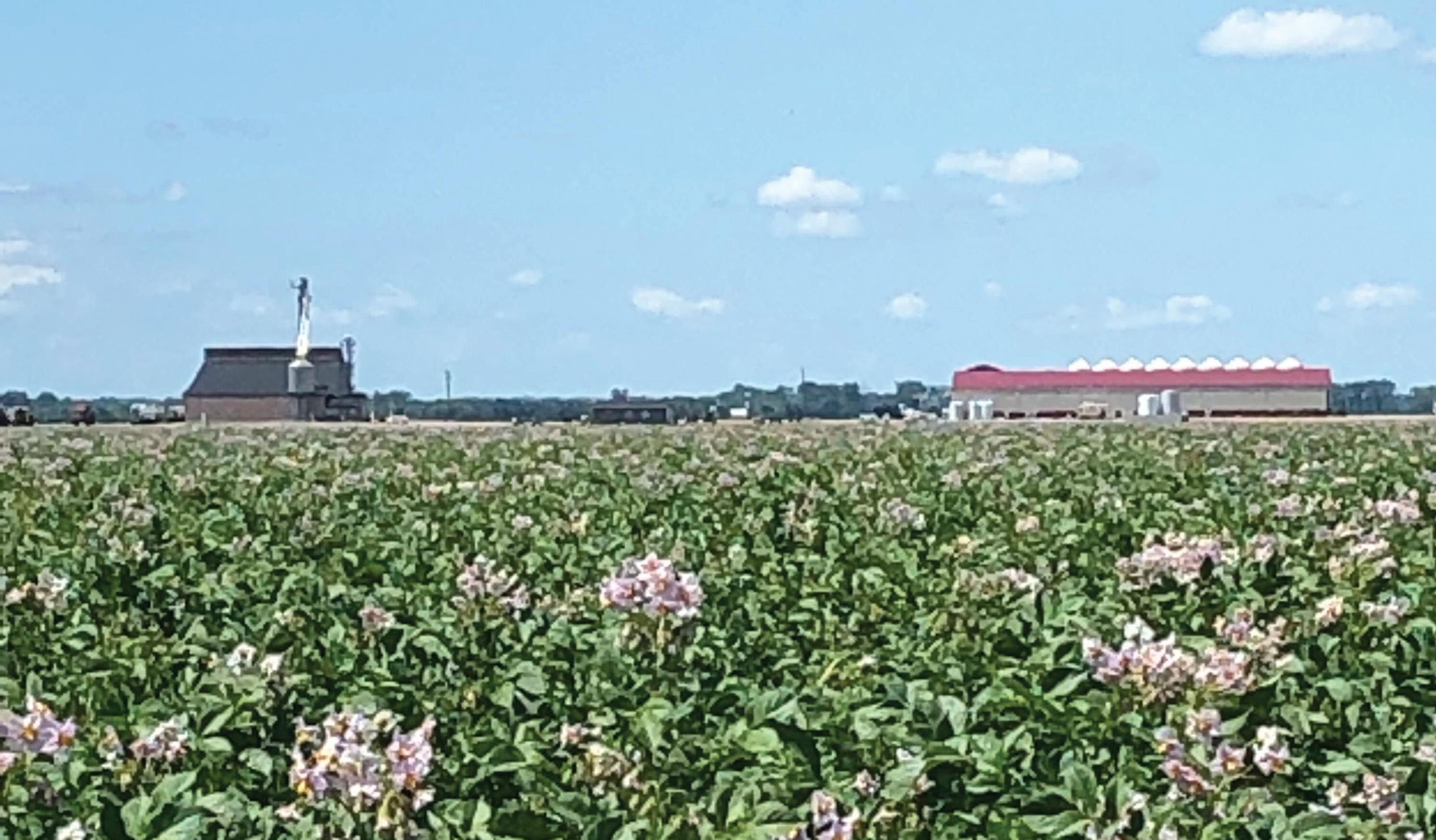



Effective January 1, 2024, the Corporate Transparency Act (CTA) mandates extensive reporting obligations for various business entities, including many singlemember limited liability companies.
Entities that fall within the scope of the CTA are advised to initiate the process of complying with these rules to avoid the various civil and criminal sanctions associated with noncompliance.
Above: The Corporate Transparency Act (CTA) mandates extensive reporting obligations for various business entities, including many single-member limited liability companies.
The principal aim of the CTA’s reporting framework is to monitor foreign-owned shell companies— entities designed to conceal illicit funds behind the formal mask of a corporate structure.
The U.S. Treasury Department specifically points to recent

Navigating the Corporate Transparency Act. . . continued from pg. 51
attempts by Russian elites to evade Western sanctions by establishing nested networks of U.S. shell companies.
Despite this principal purpose, the CTA also applies to certain domestic companies that fit the definition
of a “reporting company” and fail to qualify for one of the exceptions outlined in the associated regulations.
This article provides a high-level summary of which entities need to report and what those reports
must contain.
Which businesses are mandated to report under the CTA?
Under the CTA, there is a presumption that all domestic and foreign companies formed, or registered to conduct business, in the U.S. are subject to the new reporting requirement. All entities should assume that they have a reporting obligation.
However, the CTA carves out and exempts 23 types of entities. Exempted entities include certain financial institutions, investment firms and advisors, select public accounting firms, specific tax-exempt entities, and particular “large operating companies” doing business within the United States.
The exemption for large operating companies applies to entities that employ more than 20 full-time employees in the United States and demonstrate at least $5 million in U.S. sales or revenue in the preceding year’s federal income tax return.
Most of these exempt entities are already subject to comprehensive regulatory regimes of one kind or another.
What data must be included in the business report?


Entities that do not qualify for an exemption must disclose specific information regarding (1) the entity itself; (2) each “beneficial owner” of the entity; and (3) each “company applicant.”
Entities must reveal their full legal name and any alternate business names, address, jurisdiction of registration, and tax identification number.
For each beneficial owner and company applicant, the entity must disclose an array of personal information, including a residential address and a photo of a valid U.S. passport or driver’s license.
Who qualifies as a “beneficial owner” or a “reporting company?”
A beneficial owner of an entity is any individual, subject to certain exceptions, who exercises “substantial control” over the entity or owns/controls at least 25% of the entity’s ownership interests.
Consequently, a reporting entity may have multiple beneficial owners, each of whom must be properly identified and reported.
Although assets held in trust are typically deemed to be owned/ controlled by the trustee for CTA
“Under the CTA, there is a presumption that all domestic and foreign companies formed, or registered to conduct business, in the U.S. are subject to the new reporting requirement.”
– Amy Ebeling, Jacob Schraeder, and Lucas Sczygelski Ruder Ware Attorneys
reporting purposes, certain types of beneficiaries, grantors, and settlers may also be considered beneficial owners.
The CTA defines “substantial control”—the more open to interpretation of the two


criteria—to include individuals who hold senior management positions, are entrusted with authority to remove senior officers, exercise significant influence over crucial decisions regarding matters such as debt and major expenditures, or who have any other form of substantial control over the entity.
As this definition illustrates, the CTA’s definition of substantial control is explicitly non-exhaustive. Entities should therefore adopt a broad interpretation of the term when analyzing whether a person constitutes a beneficial owner.
A company applicant is an individual



who submits documents to a government office to form an entity.
For entities in existence before January 1, 2024, there is no obligation to report any company applicant information. But for entities established after that date, the full spectrum of mandatory information must be gathered and disclosed.
Entities that need to report must meet the following deadlines to avoid penalties. Entities that were formed before January 1, 2024, have until the end of 2024 to submit their initial reports.
Entities formed after January 1, 2024, must furnish their reports within 90 days of formation. Effective January 1, 2025, this 90-day window will be cut down to only 30 days.
Moreover, all entities are required to file amendments to their reports within 30 days of any changes to the reported information. For example, if a beneficial owner moves to a different residence, an amendment must be filed.
Noncompliance with these deadlines may result in civil penalties amounting to $500 per day of noncompliance. Intentional failure to file may entail a prison sentence of up to two years. Businesses are encouraged to act promptly to avert such penalties.
Will the CTA remain in effect?
The CTA has not been without its critics, including those in the legal field. While the constitutionality of the CTA has been challenged in the courts, the Act remains in effect and entities remain subject to civil and criminal penalties for noncompliance.
Until there is a nationwide ruling against the CTA, reporting companies must continue to adhere to the CTA’s filing obligations.


Dr. Walt Stevenson is a member of the Wisconsin Potato & Vegetable Growers Association Hall of Fame. He was named an Honorary Life Member of the Potato Association of America and has received numerous national and state Researcher of the Year Awards.
Potatoes:
“The stringent standards used by the Wisconsin Seed Potato used throughout most of the industry. And the seed potatoes produced by Wisconsin growers are consistently among the best seed tubers produced in North America.”
“It’s fun working with an industry where the growers are constantly working to improve their practices and the

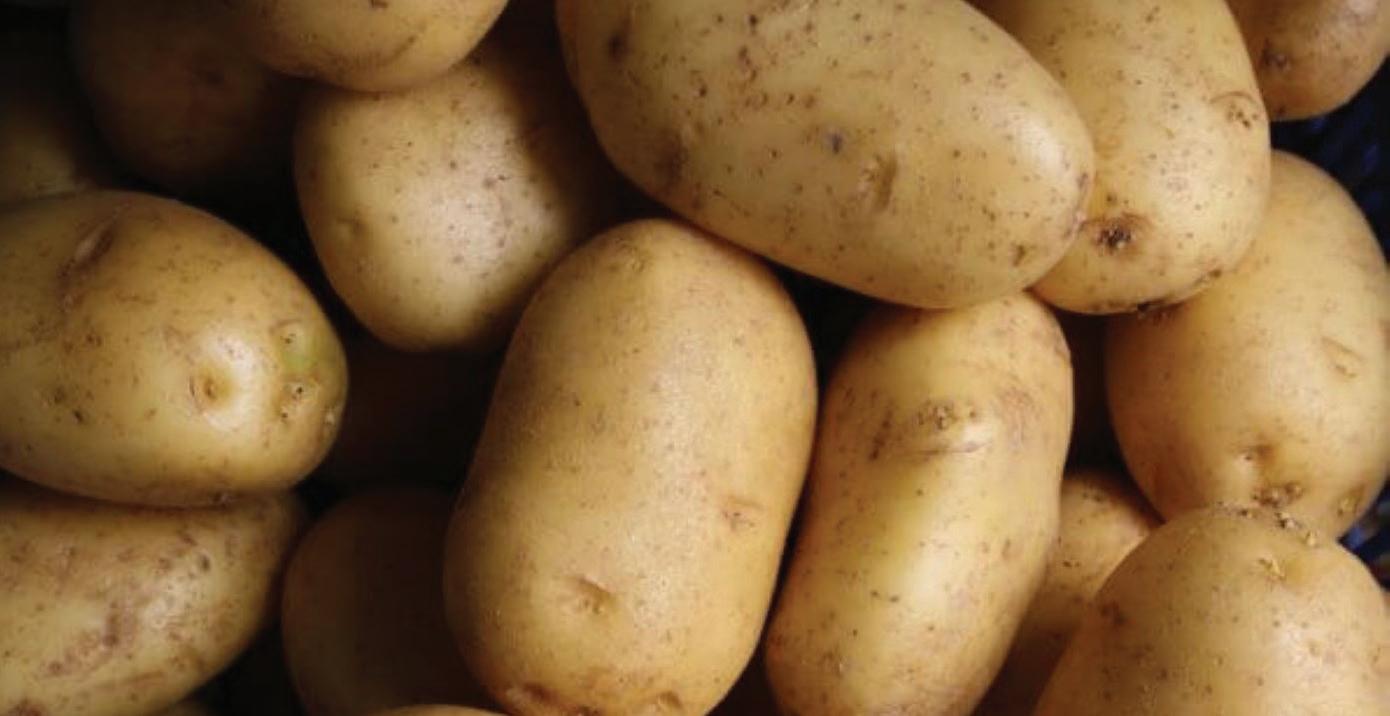
DON’T REPLACE POTATOES: Here’s why eating starchy vegetables is so important.
A recently published perspective piece (https://studyfinds.org/ potatoes-starchy-vegetables/), which received support from the Alliance for Potato Research and

Education (APRE), is featured in this article.
Using menu model analyses, nutrition expert Keith Ayoob, EdD, RDN, associate professor emeritus, Albert Einstein College of Medicine, demonstrates the real-world nutrition implications of eliminating starchy vegetables in the diet and swapping them for grain-based foods.
NOT YOUR GRANDMA’S POT PIE: New twists on classic recipes to keep you cozy all winter!
Potatoes USA is out to help consumers rediscover nostalgic favorites … with a contemporary twist. This retro recipe remake (https://www.abc4.com/ business/press-releases/ cision/20240221NE41147/not-
Above: Image courtesy of Lars Blankers on Unsplash.
 Jason Stitt (Shutterstock)
Jason Stitt (Shutterstock)
your-grandmas-pot-pie-new-twistson-classic-recipes-to-keep-you-cozyall-winter/) includes Chicken Tot Pie (using tots instead of traditional crust), Tater Topped Turkey Meatloaf, Chocolate Potato Cake, and more!
WHAT VEGETABLES CAN DOGS EAT? Nineteen to go for, and eight to avoid. If you’re looking for ways to add more vegetables to your pup’s diet, this article (https://www.yahoo. com/lifestyle/vegetables-dogs-


eat-19-8-010000884.html) suggests that potatoes are a good choice, provided they’re fully cooked and served without toppings.
It goes on to say that potatoes help deliver vitamins and minerals like vitamin B6, iron, and magnesium.
EASTER BASKETS WERE EXPENSEVE IN 2024: Potatoes offered a nice alternative.
With the prices of Easter staples
like eggs and chocolate on the rise, this article (https://thetakeout. com/easter-basket-2024-moreexpensive-chocolate-eggs-prices1851331565?utm_campaign) suggests that potatoes can help deliver spring holiday fun.
The author writes that “spuds are easier for children to hold, less fragile than eggs, and can be eaten after being decorated with food-safe dye and washed.”

Creativity. The concept of creativity and potatoes isn’t anything particularly new, especially since we frequently promote the various ways to get creative with America’s favorite vegetable in the kitchen. In recent years, this has ranged from using potatoes as a replacement for rice in sushi to painting potatoes for Easter instead of eggs.
Today, we’re adding a new dimension to encouraging creativity. While it might not be as unique as painting potatoes for Easter, it is something different that kids and parents can enjoy.
The Wisconsin Potato & Vegetable Growers Association (WPVGA) consumer website now features a coloring book. Each page has Wisconsin’s favorite potato mascot in different scenarios that feature the awesomeness of the humble, yet powerful potato!
Over the course of six pages, Spudly enjoys family cooking in the kitchen, playing on the playground, enjoying a yoga session, building and fixing things around the house, playing sports, and growing food to feed families.
After all, to do all these things, you need the nutrients and health benefits potatoes naturally provide for your body to function at its best.
Initially, the concept of a coloring book on a website seemed a bit odd. But it also isn’t as foreign a concept as initially thought, either. Other

commodity groups like the Michigan Apple Committee, for example, have incorporated coloring books onto their sites as well.
And honestly, what better way to educate and connect future food buyers with the quality fruits and vegetables their bodies need? They may not be making the purchasing decisions now, but they will someday soon.
And if they’re coloring Spudly at home and their parents notice all the different ways potatoes contribute
While this cover of the Spudly coloring book is already colored, visit www. eatwisconsinpotatoes.com/promotions/ spudly/ to enter your email address and download the coloring book today!
to a healthy lifestyle, the result just might be another household eating more potatoes, in more ways, more often! Now, wouldn’t that be neat?
Visit www.eatwisconsinpotatoes. com/promotions/spudly/ to enter your email address and download the coloring book today!
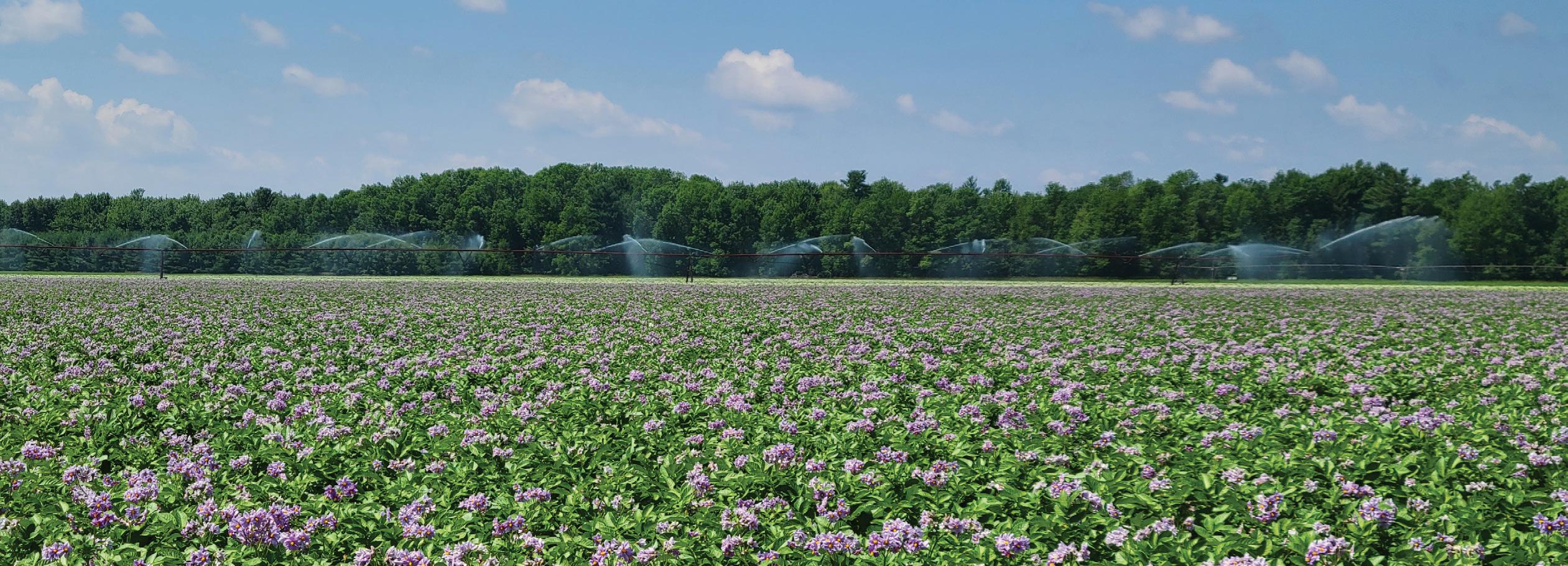

Hello, everyone. I hope things are going well and potato, corn, and other vegetable plants are starting to emerge from the ground, or at least getting close.
At our last WPVGA Associate Division Board Meeting, we started planning for the 2024 Putt-Tato Open to take place on July 10 at Lake Arrowhead Golf Course, in Nekoosa, Wisconsin.
As always, it will be an event full of good times and camaraderie.
There are many opportunities to sponsor the golf outing, whether it’s


as a premier event, dinner, lunch, drink, appetizer, golf ball, or hole sponsor. Sponsorship is recognized with signage around the facility and verbal recognition at dinner. It is a
great way to show your support for the industry and Putt-Tato Open golf outing.
Over the next few months, Associate Division board members will be

collecting raffle prizes as well. Some of the past items included a kayak, an outdoor flat-top grill, and the coveted bean bag toss/cornhole boards, each with the Powered by Wisconsin Potatoes logo on them, as well as the bags needed to play the game, of course.
A few years ago, I was lucky enough to win the bag toss game and have had many memorable summer evenings with my family and friends after long days’ work.
If you are interested in becoming a Putt-Tato Open sponsor or donating an item for a raffle prize, please contact Julie Braun at 715-623-7683 or jbraun@wisconsinpotatoes.com.
May is always one of my favorite months, with so much to do and things changing quickly. Brown fields become green overnight, and the season is off to the races.
Until next month.
Matt SelenskeWPVGA Associate Division President
While tradition in the Carter household calls for fresh peas, dill is a delicious option
Column and photos by Ali Carter, Wisconsin Potato Growers Auxiliary
We have a tradition here in the Carter household. Each spring, we enjoy a meal of creamed new potatoes with fresh peas straight from the garden.
While that tradition will not be replaced, I find this dilled version just as delicious and know it will go on the rotation!
DIRECTIONS
Using a large pot with enough water to cover your potatoes, boil them
until they’re soft.
Drain the water from the potatoes, place them back on the heat for 2 to 3 minutes to remove additional moisture, and then set aside.
To prepare the creamy dill sauce, place a medium-sized saucepan over medium-low heat. Add and melt the butter.
continued on pg. 62
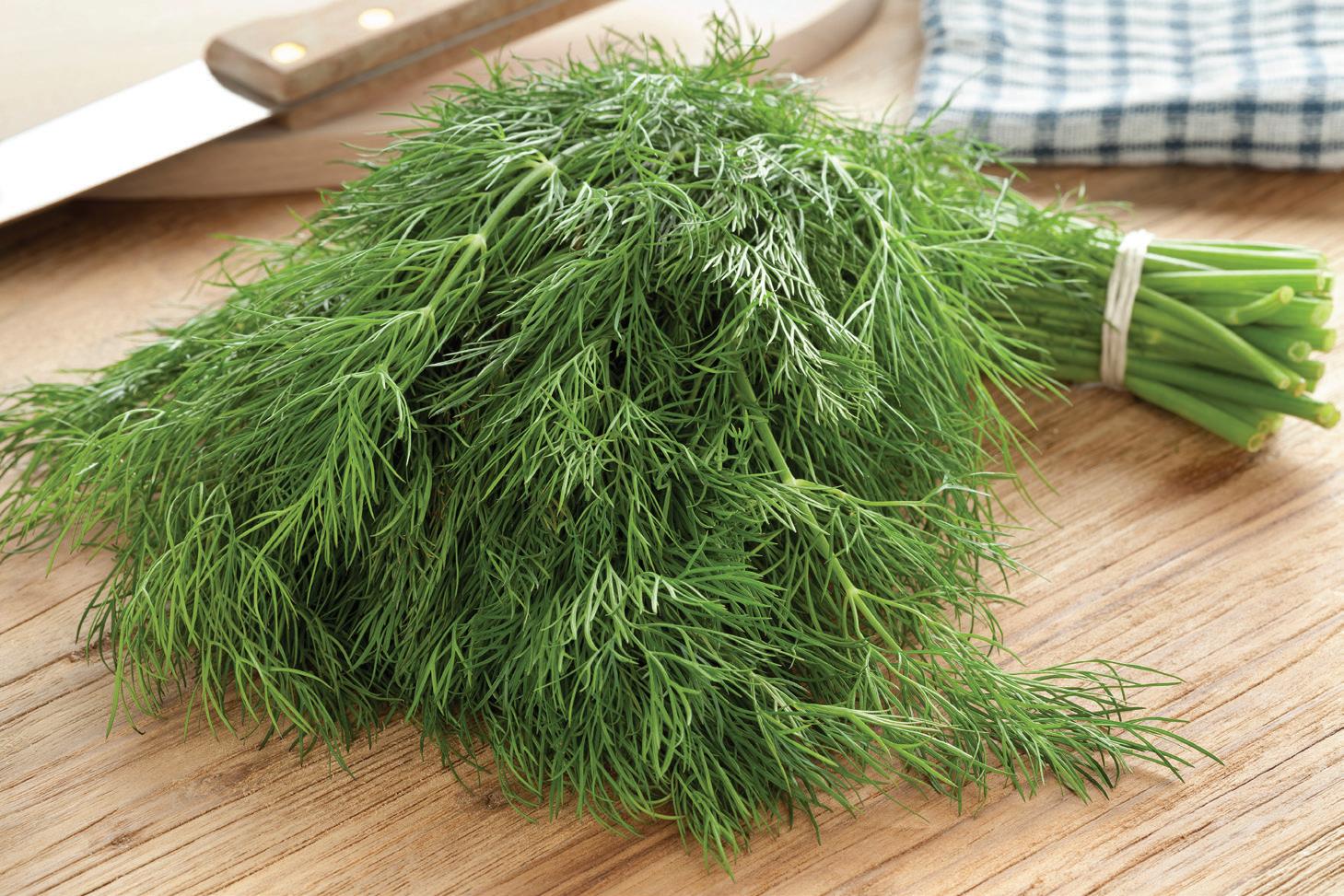


Creamed Potatoes with Dill
• 1 1/2 pounds small potatoes, rinsed and peeled
• 1 Tbsp. butter
• 1 1/2 Tbsp. flour
• 2/3 cup milk
• 1 bunch fresh dill, chopped
• Salt and pepper to taste

Stir in the flour and mix until it turns into a soft paste.
Add the milk and whisk until smooth. Season with salt and pepper.
Lower the heat and simmer for around 4-5 minutes so that the
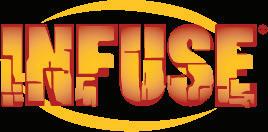


creamy sauce slightly thickens.
Pour sauce over cooked potatoes, add the chopped dill, and stir to combine.
Creamed Potatoes with Dill are best served warm.


Friday, June 21, 2024
Bass Lake Country Club W10650 Bass Lake Road
Deerbrook, WI 54424

Deadline for sponsorship commitments to be included in June Badger Common'Tater: May 1, 2024*
DINNER SPONSOR $2,500



• Company name/logo on two banners placed in prominent areas
• Company name/logo on dinner ticket & one beverage cart
• Company name and logo in Badger Common'Tater
• Verbal recognition and name on sign at event
• Registration and dinner for four golfers
LUNCH SPONSOR $2,000


• Company name/logo on one banner and lunch ticket
• Company name/logo on one beverage cart
• Company name/logo in Badger Common'Tater
• Verbal recognition and name on sign at event
• Registration and dinner for four golfers
GOLDRUSH SPONSOR $1,500
• Company name/logo on one banner
• Company name/logo in Badger Common'Tater
• Verbal recognition and name on sign at event
• Registration and dinner for two golfers
CONTACT KAREN RASMUSSEN for more details (715) 623-7683
Make checks payable to WSPIA
*We WILL accept sponsors after this date.
MAIL PAYMENT TO: WSPIA, P.O. Box 173 Antigo, WI 54409
SILVERTON SPONSOR $1,000

• Company name/logo on one banner
• Company name/logo in Badger Common'Tater
• Verbal recognition and name on sign at event
• Registration and dinner for one golfer
SUPERIOR SPONSOR $500










• Company name/logo banner and in Badger Common'Tater
• Verbal recognition and name on sign at event
OCCUPIED HOLE SPONSOR $300
• Company name on hole sign
• Rights to occupy a hole on the course and provide giveaways*
*If alcohol is being served, it must be purchased through the golf course
• Verbal recognition and name on sign at event
BASIC HOLE SPONSOR $200
• Company name on hole sign
• Verbal recognition and name on sign at event
Since 1998, this tournament raised over $189,000, which was donated to Wisconsin potato research
Hyland Lakes Spuds Inc.

